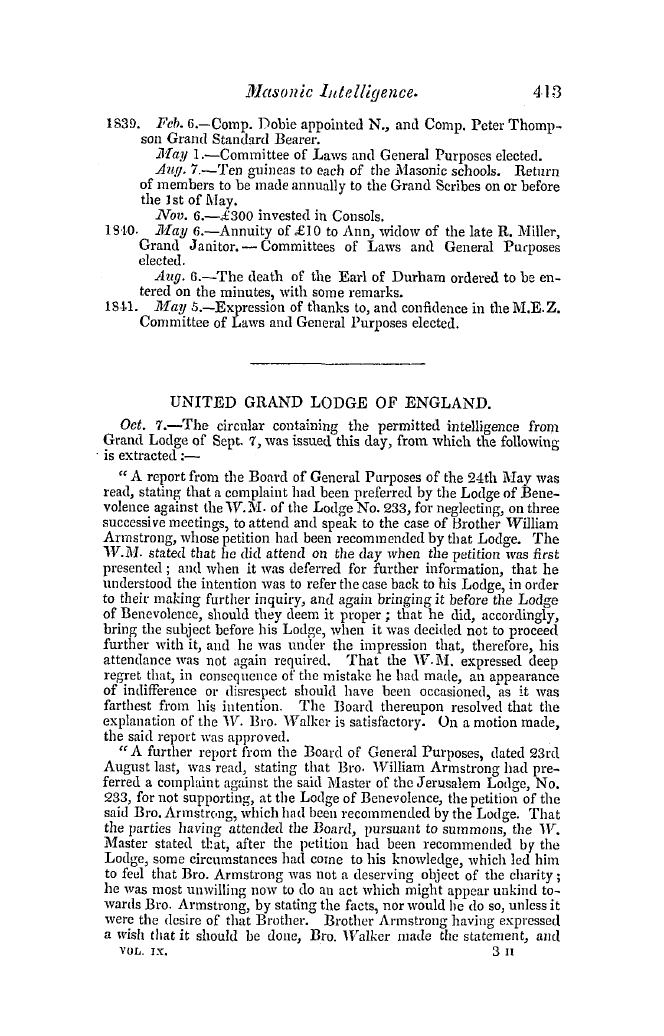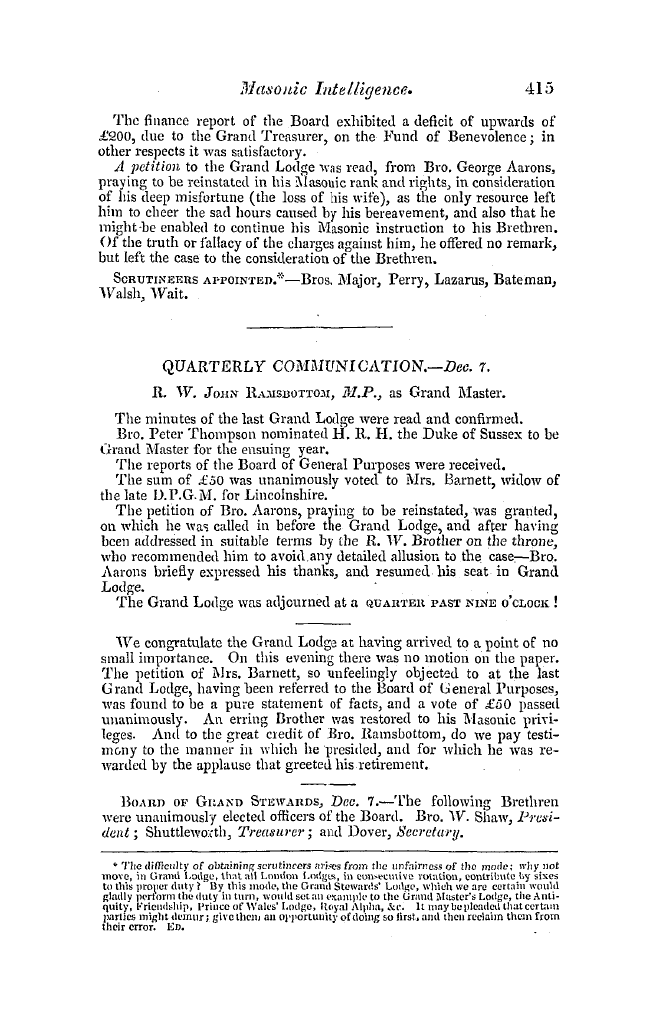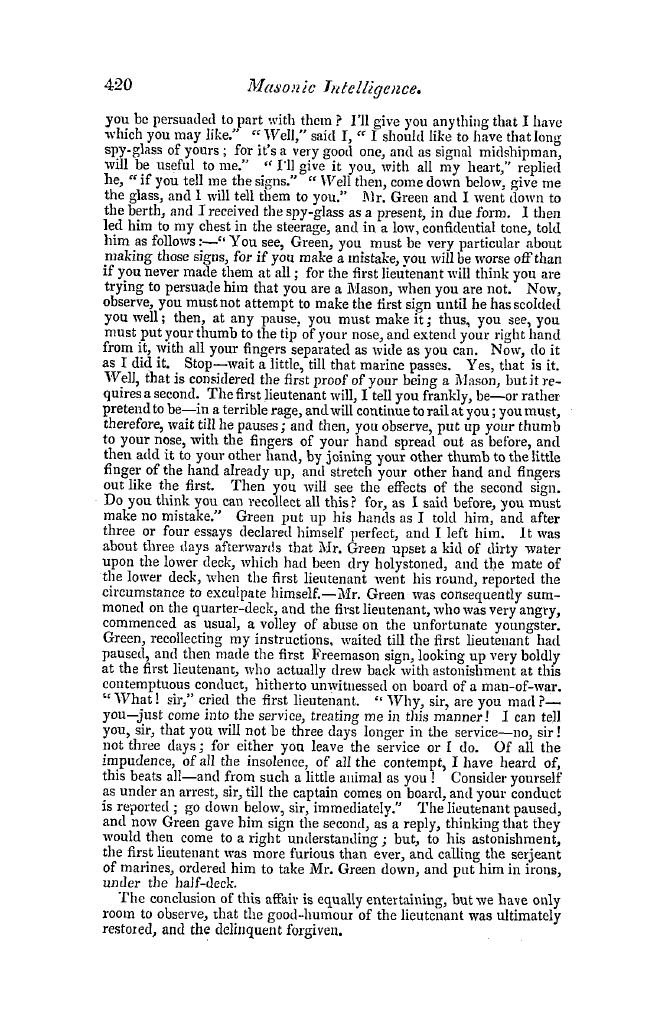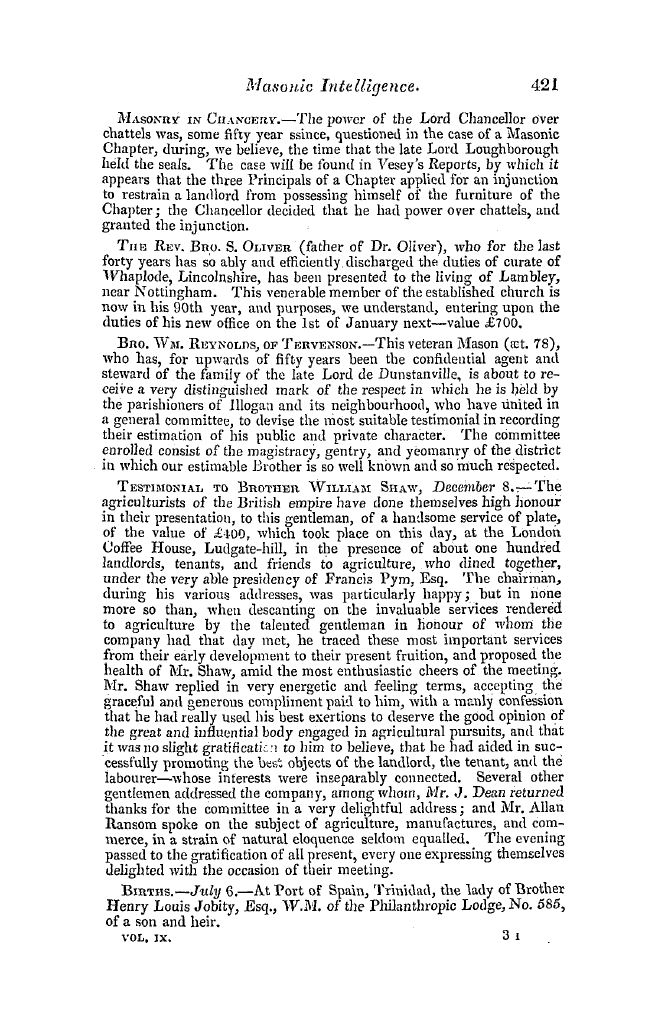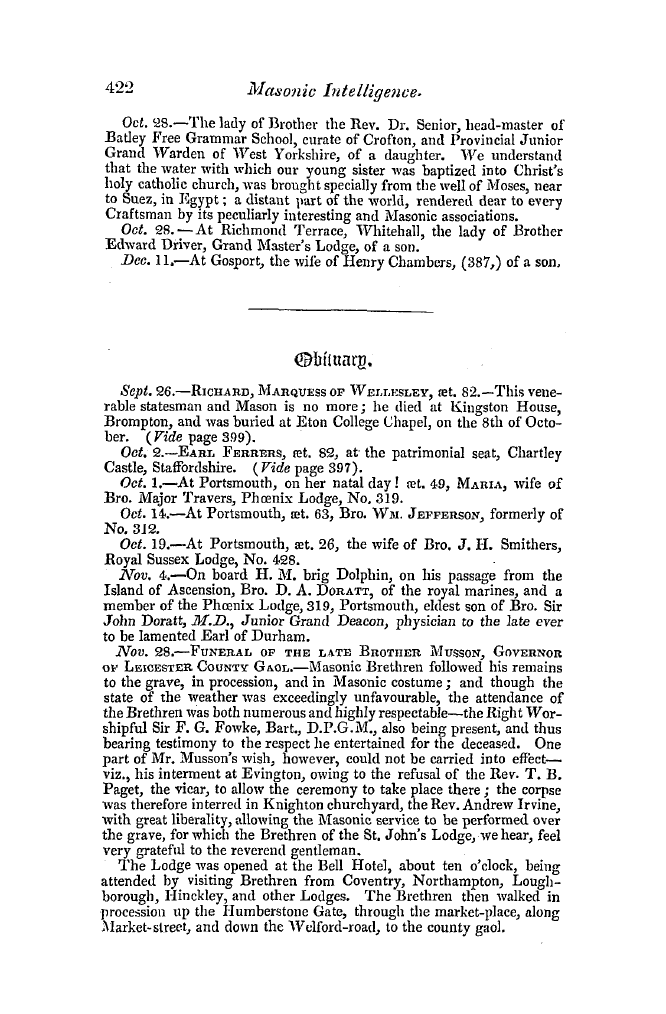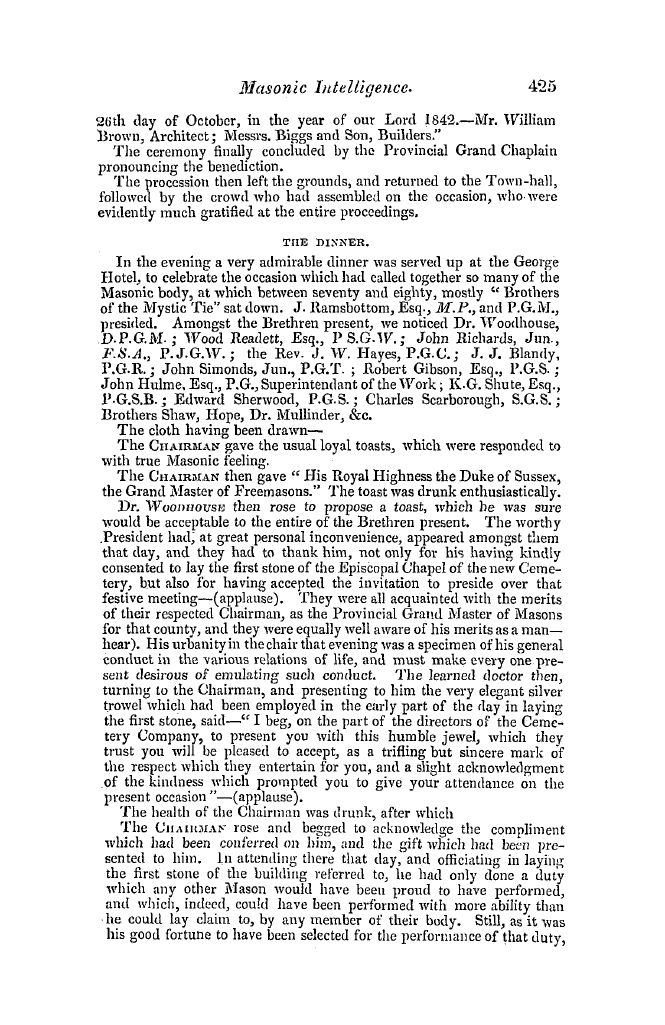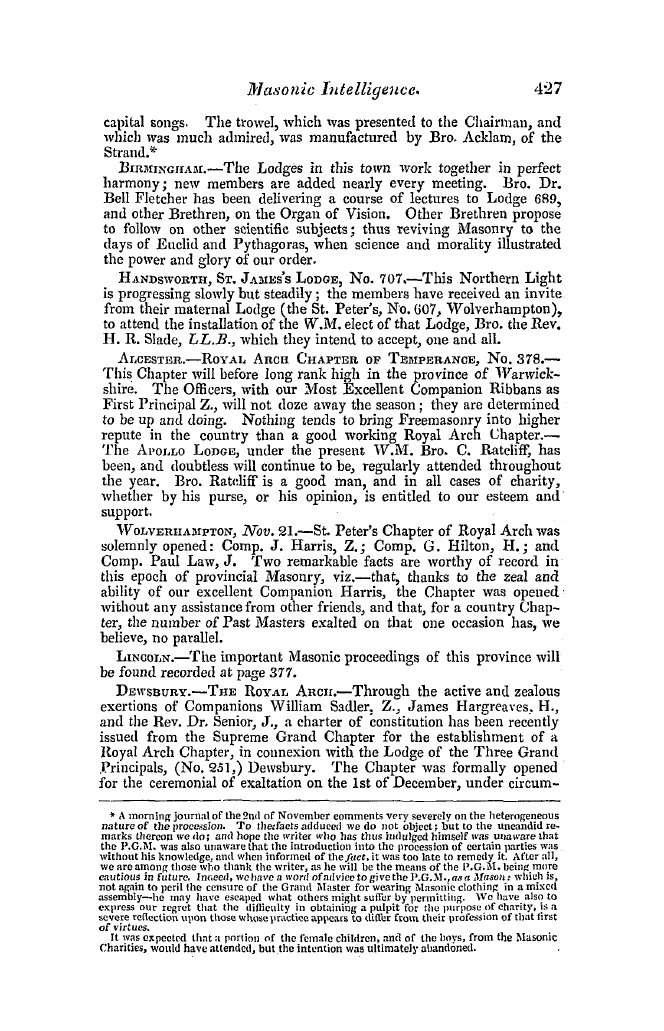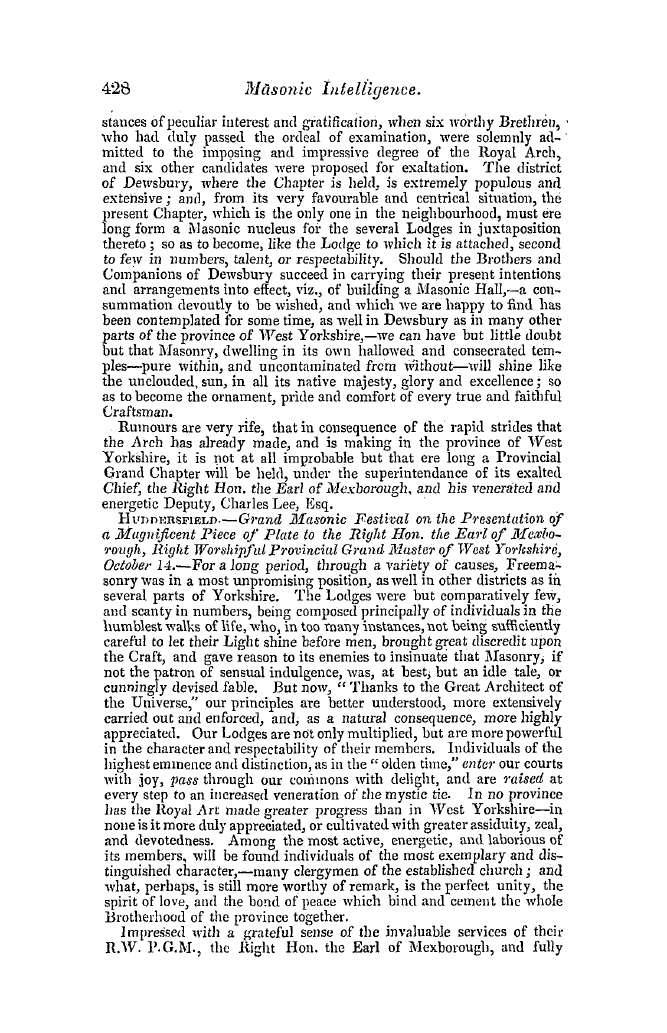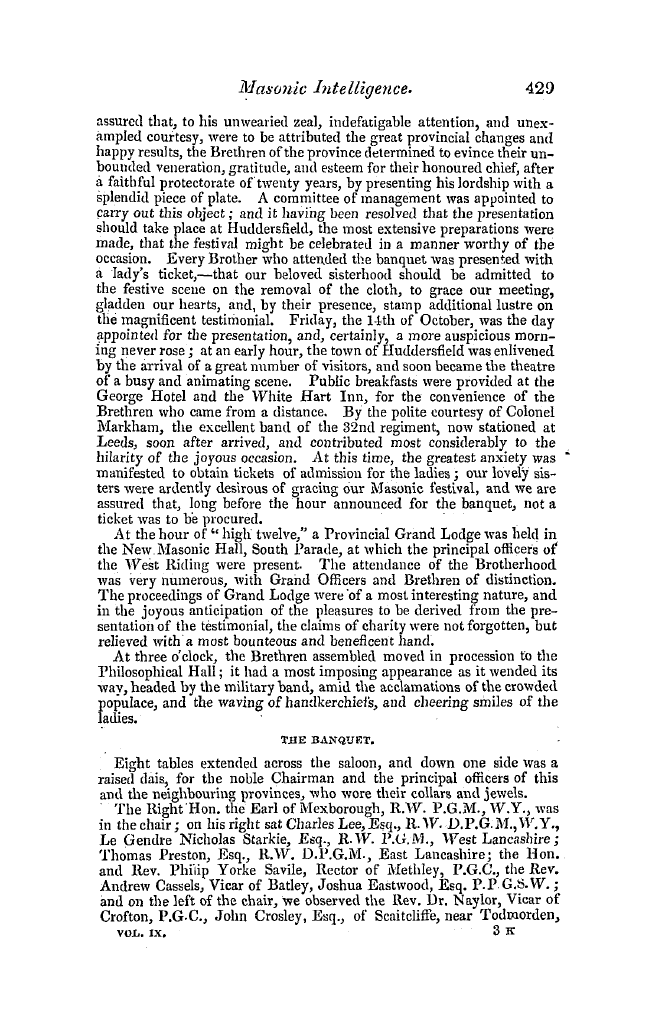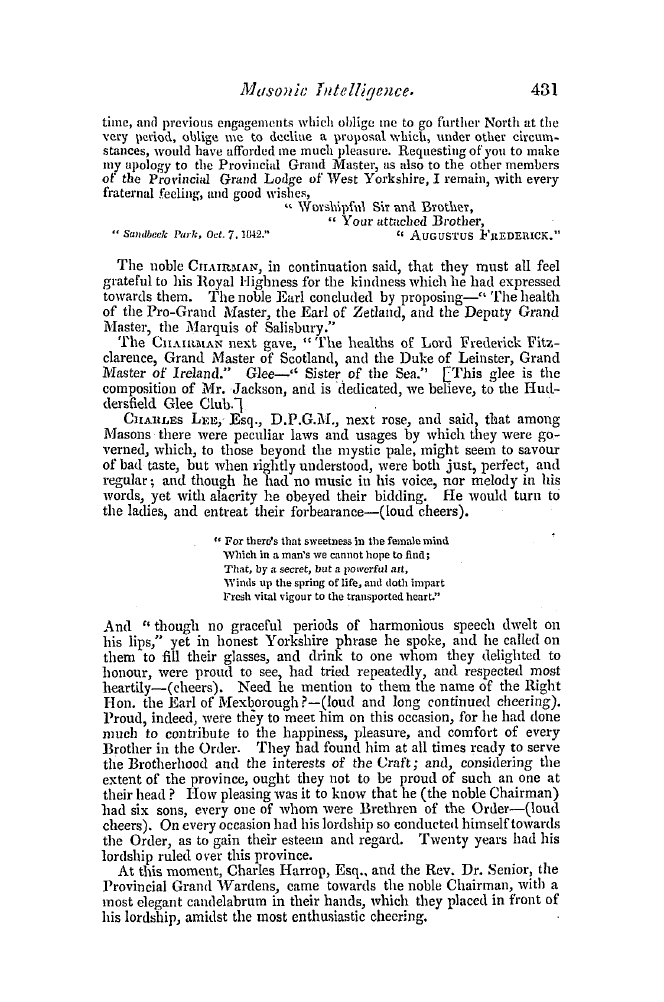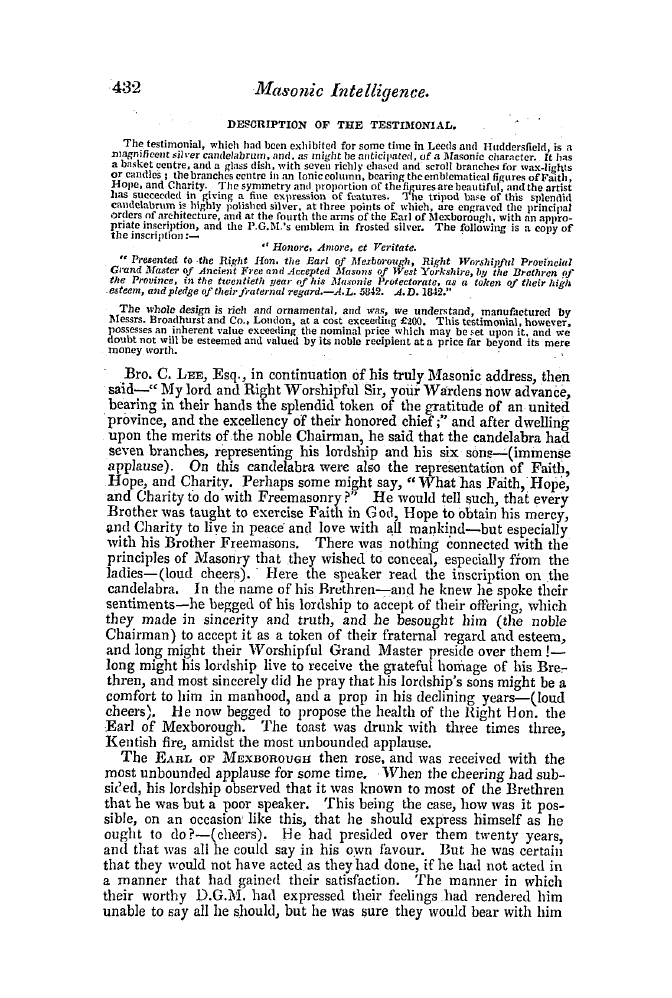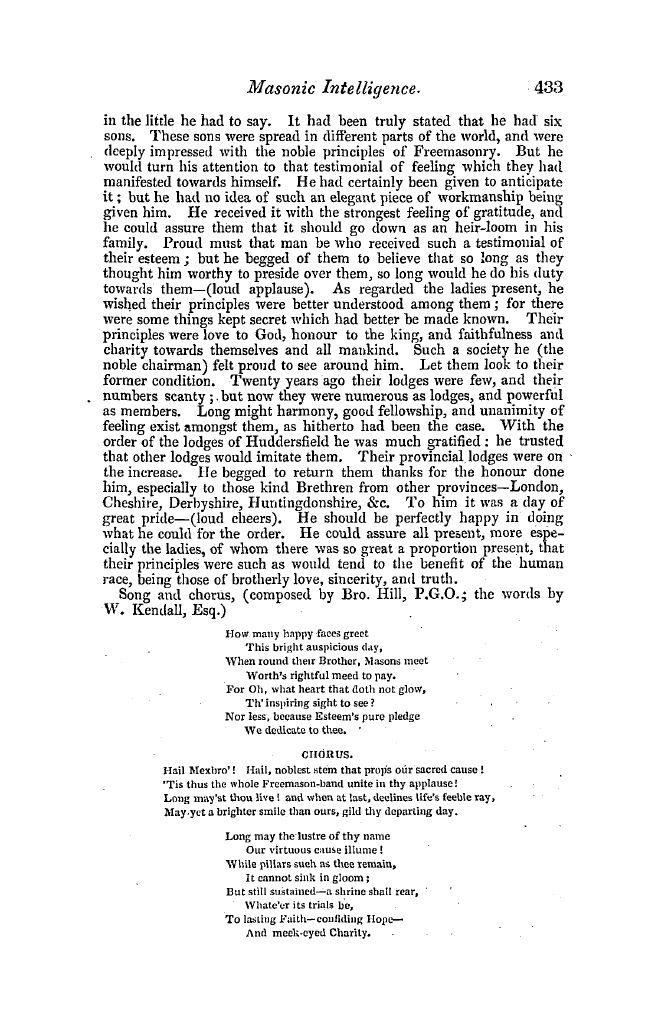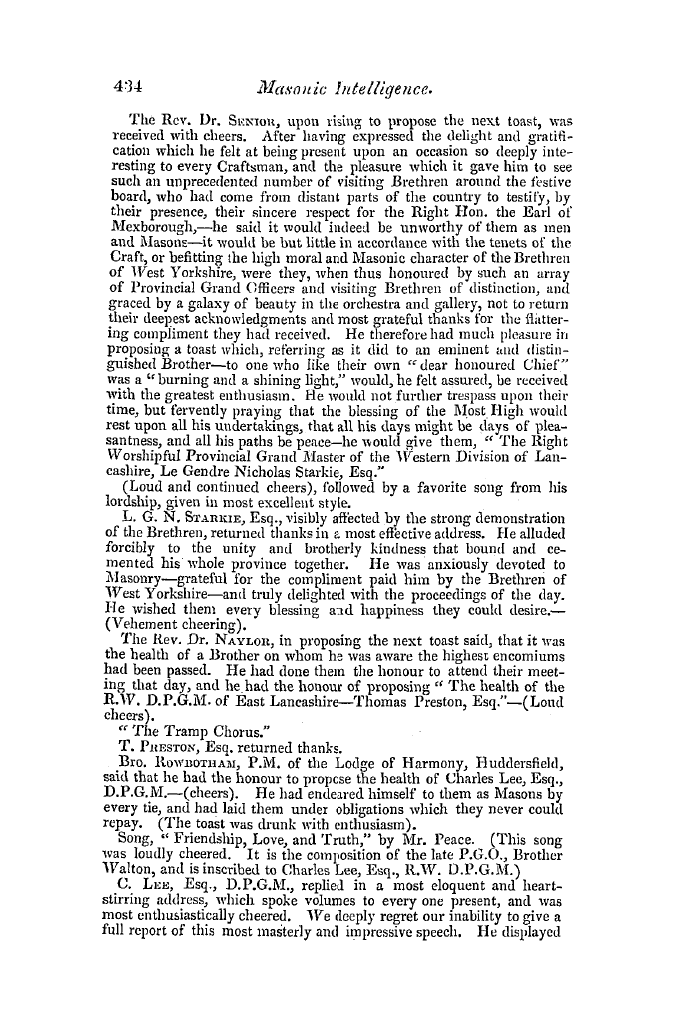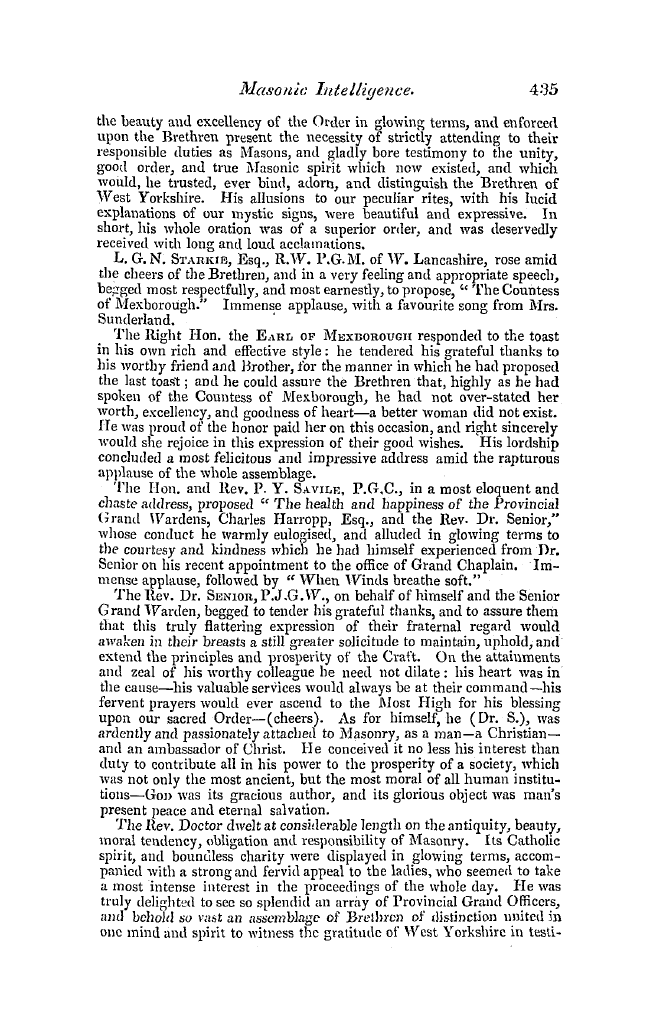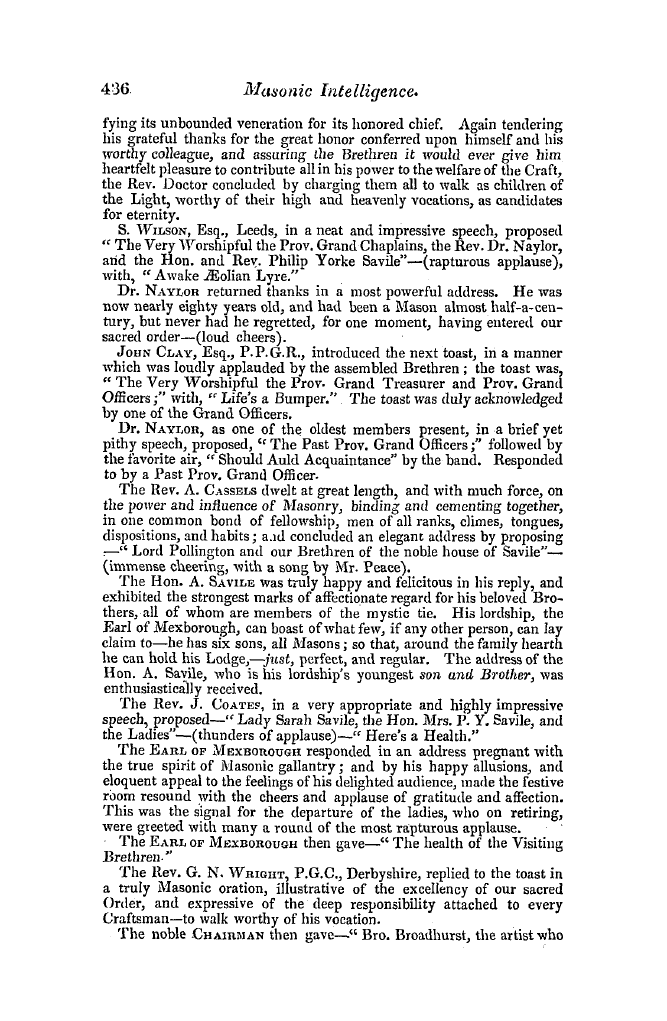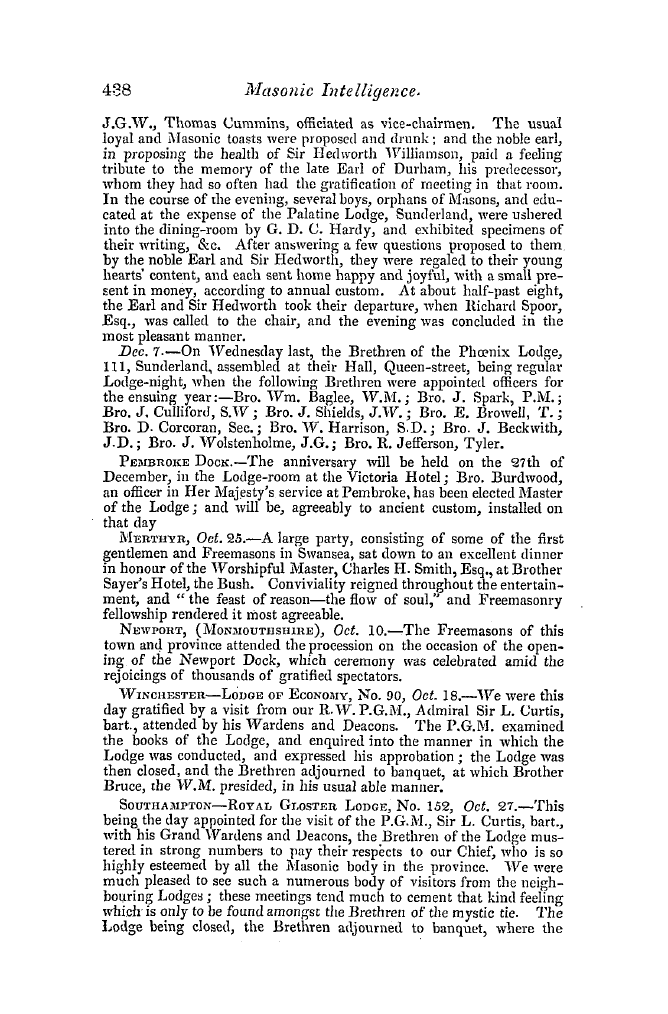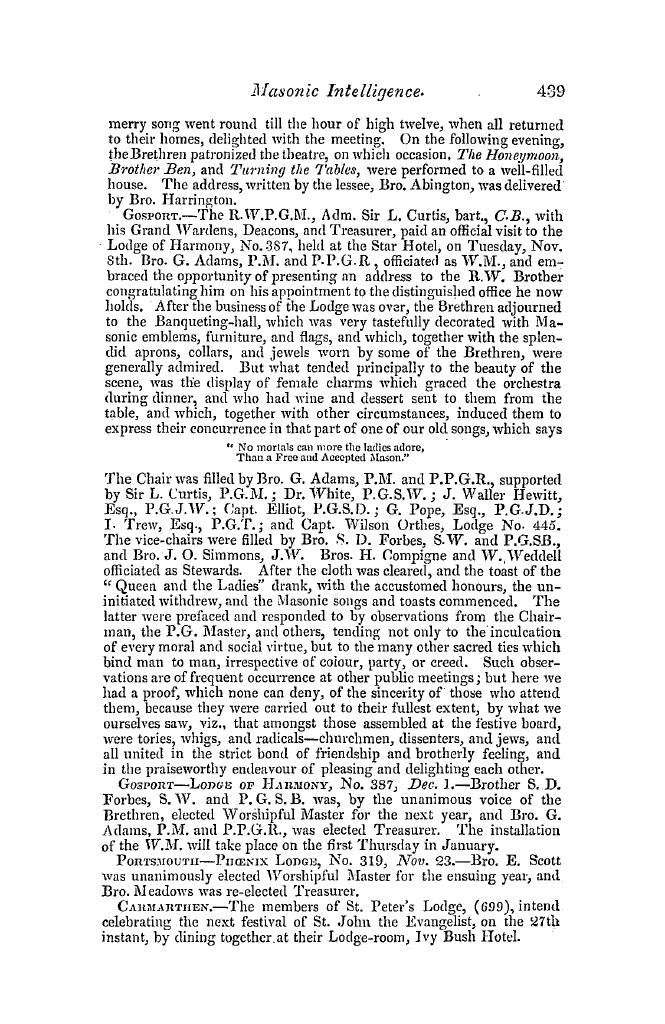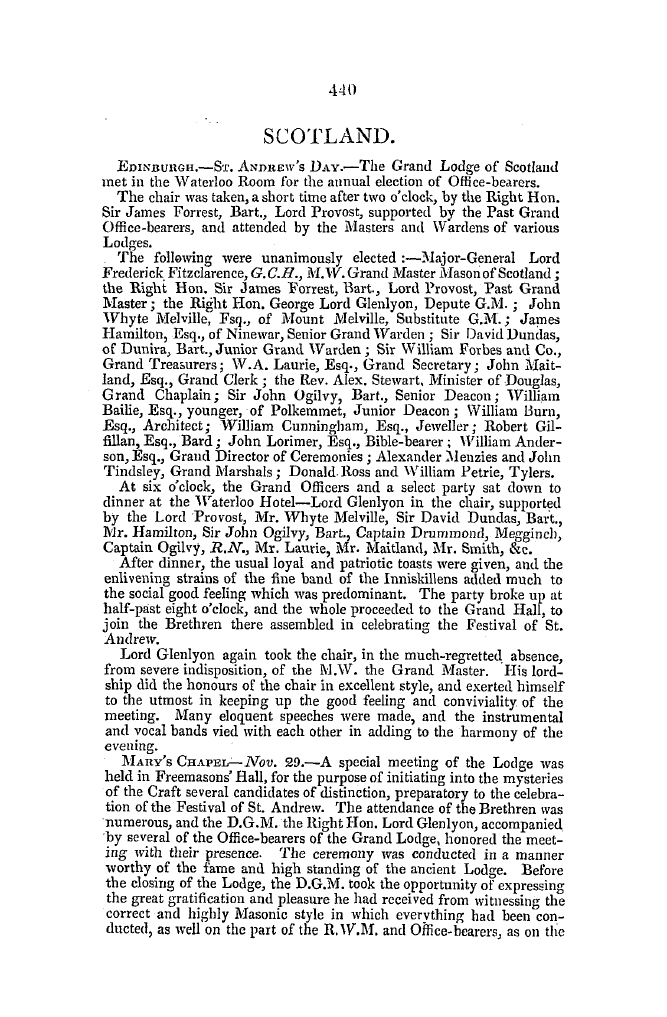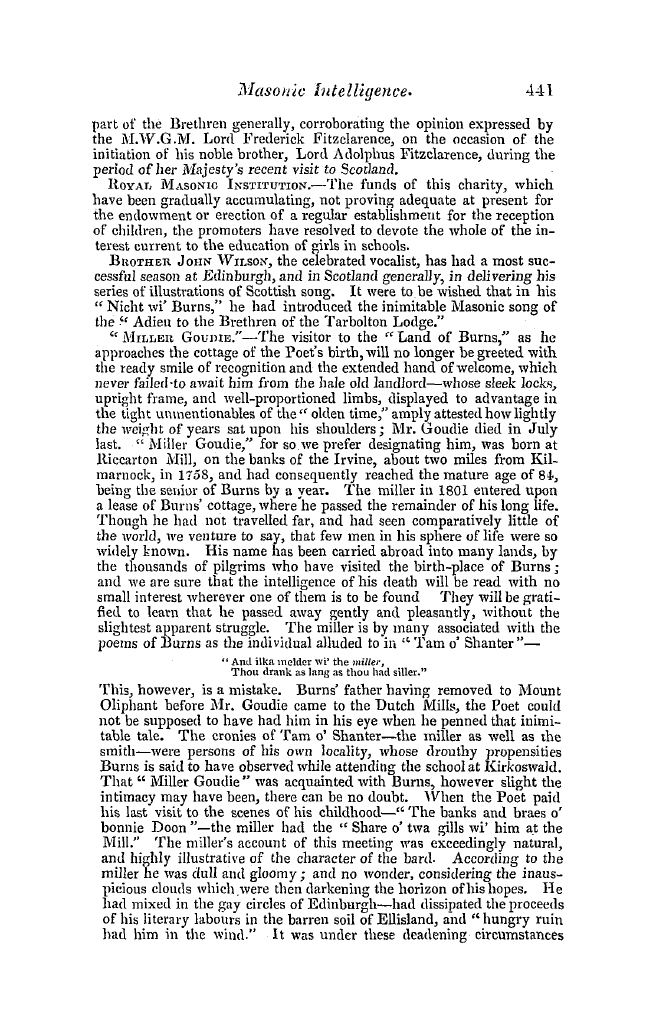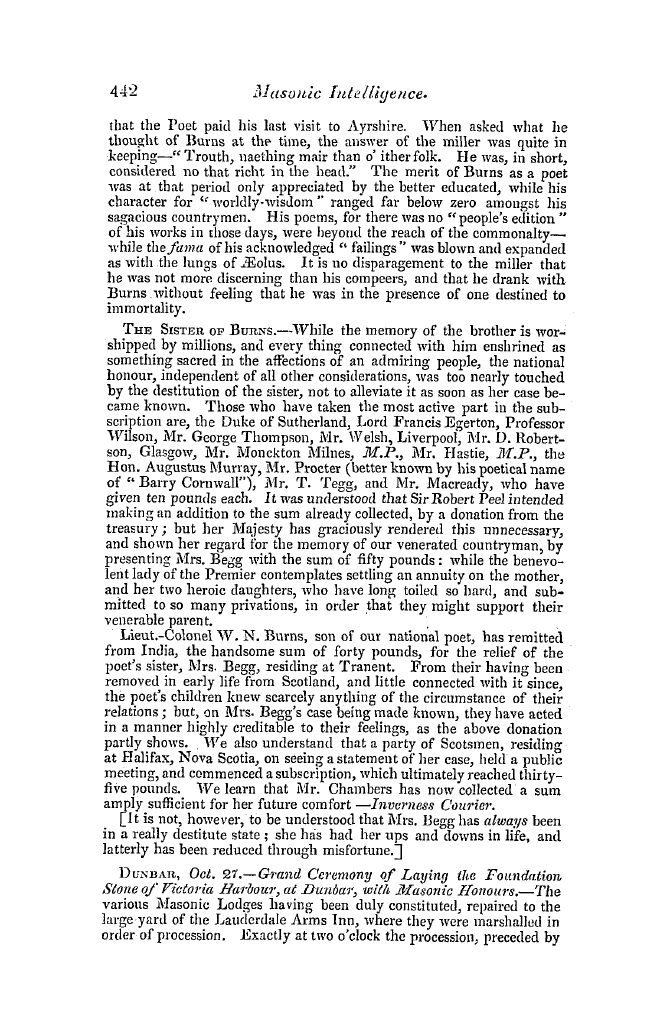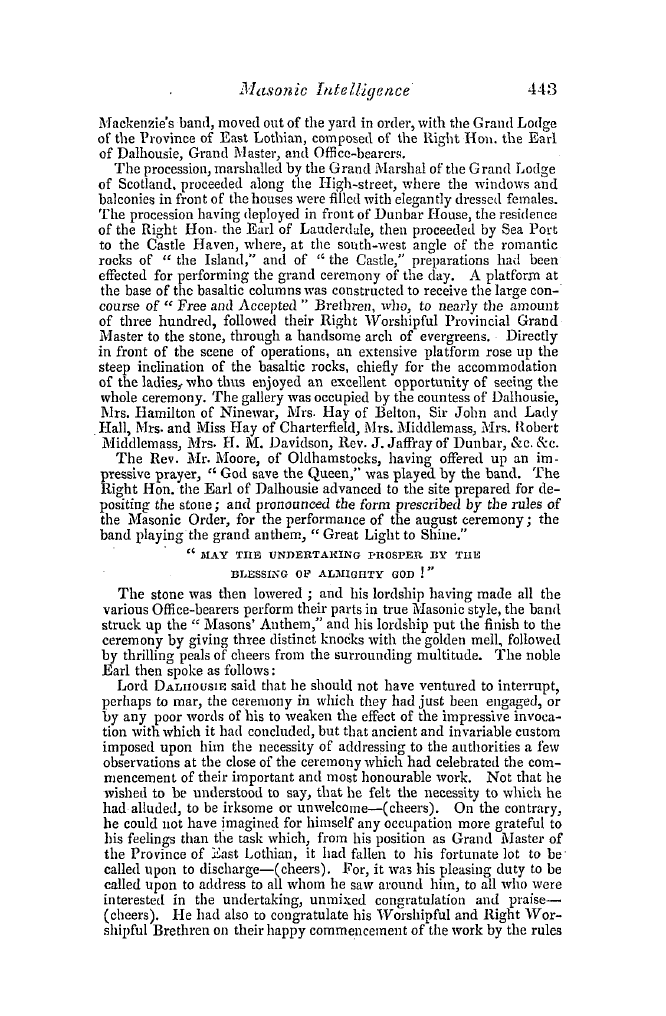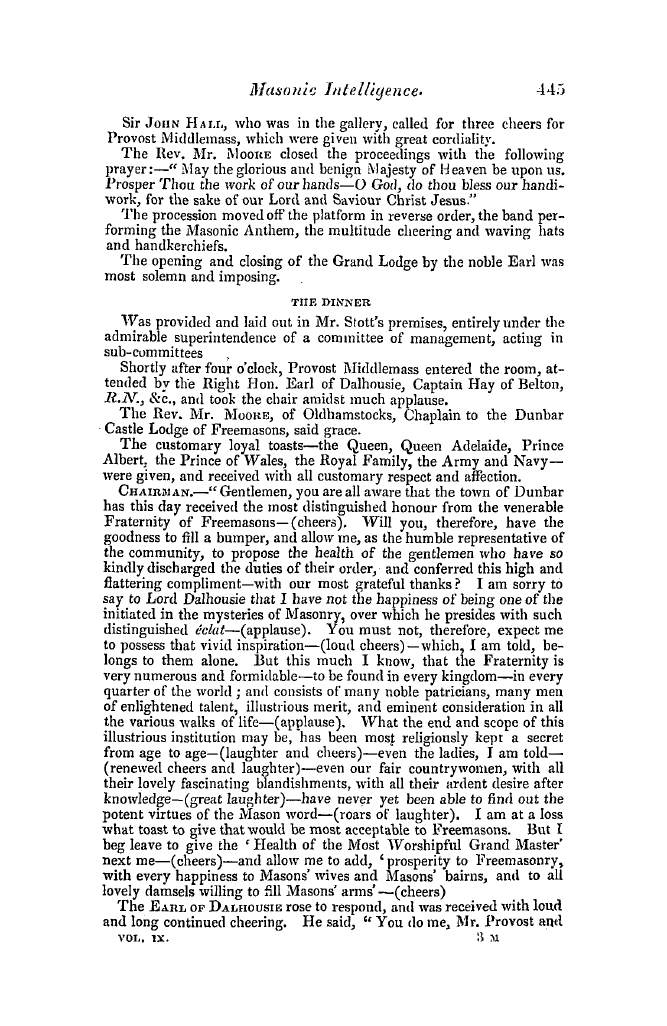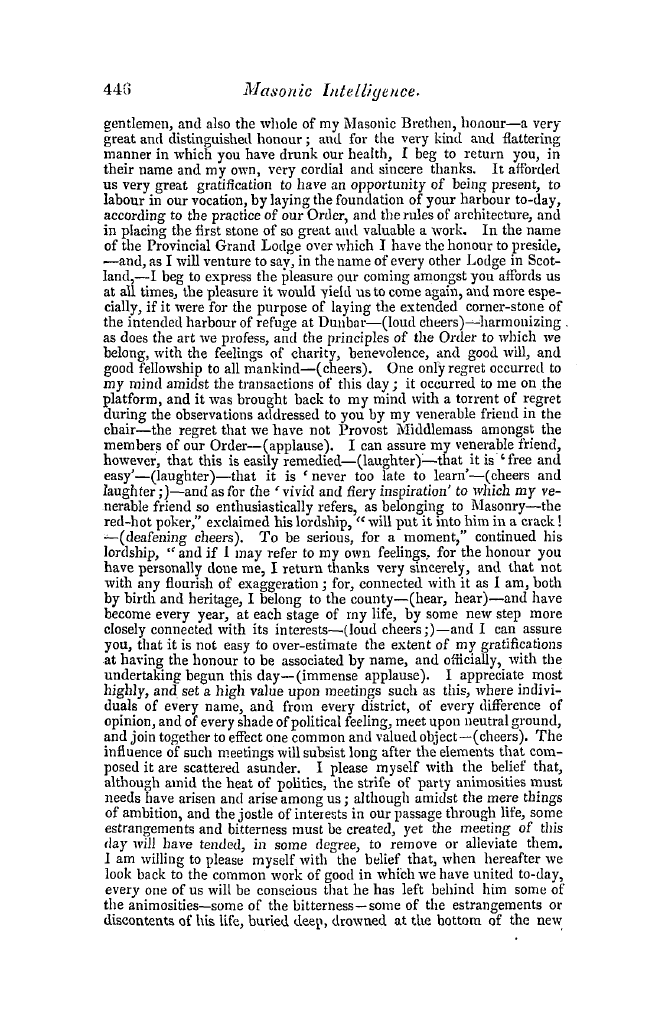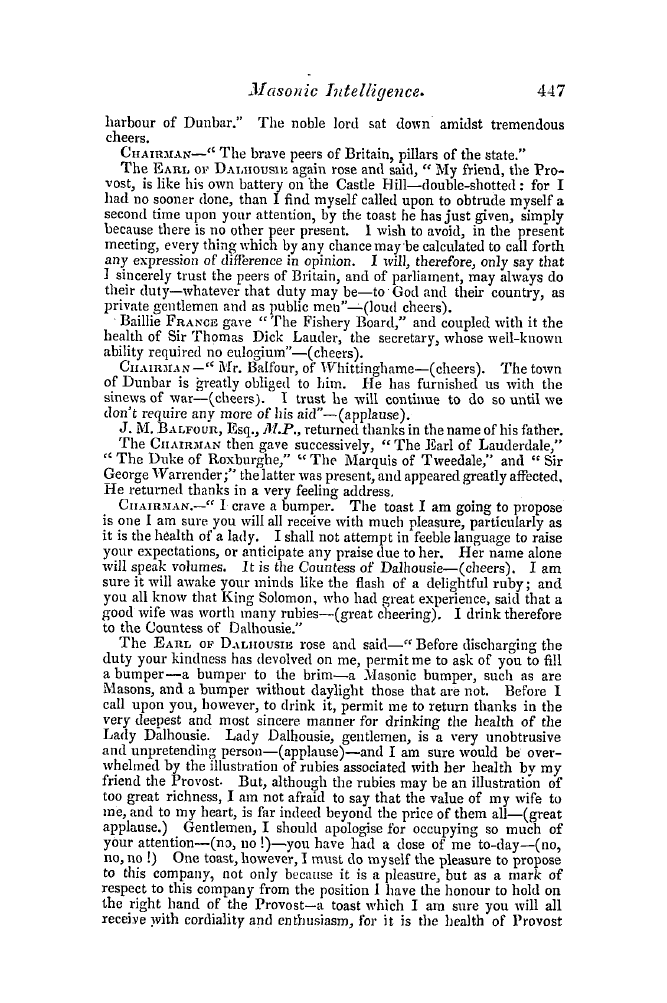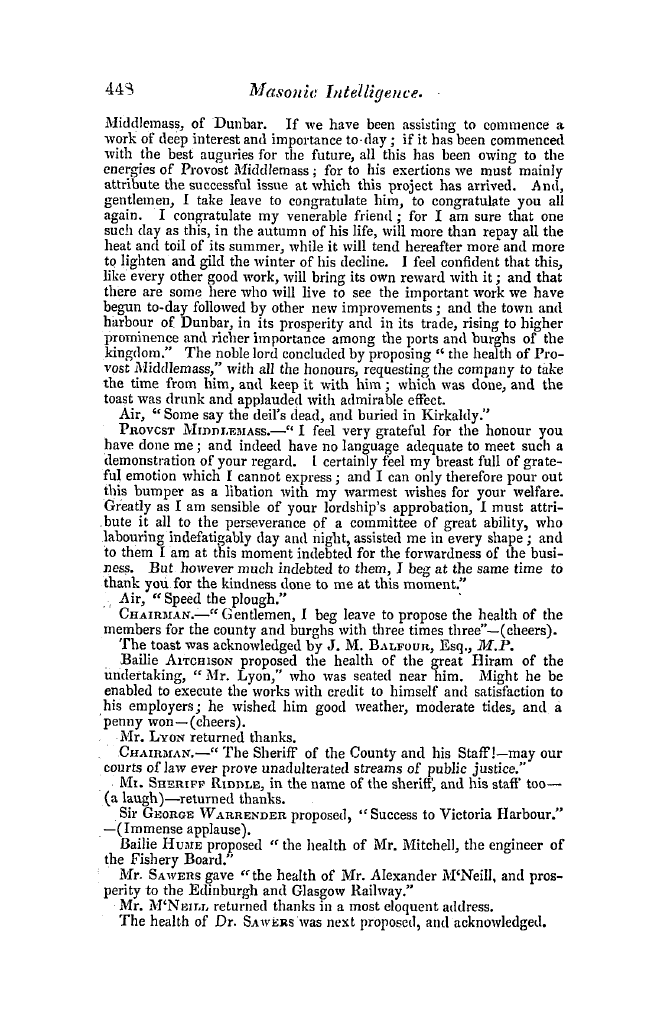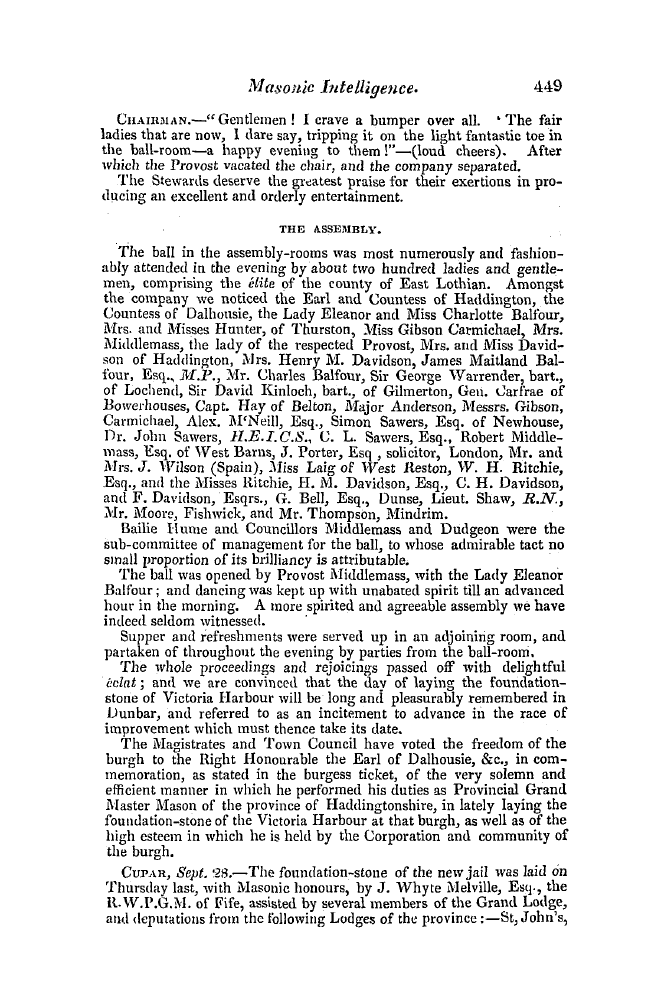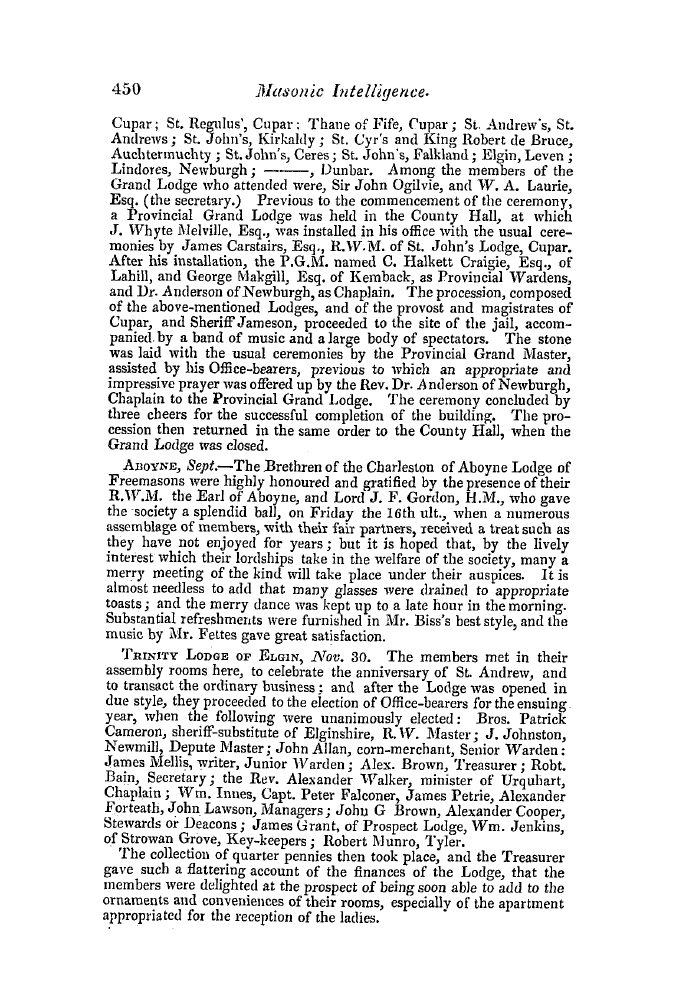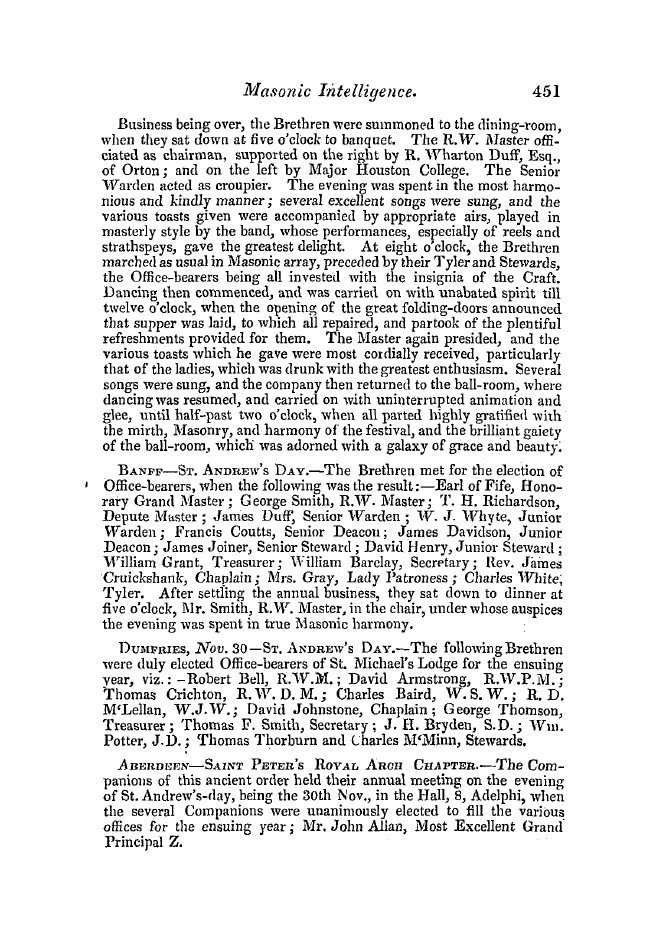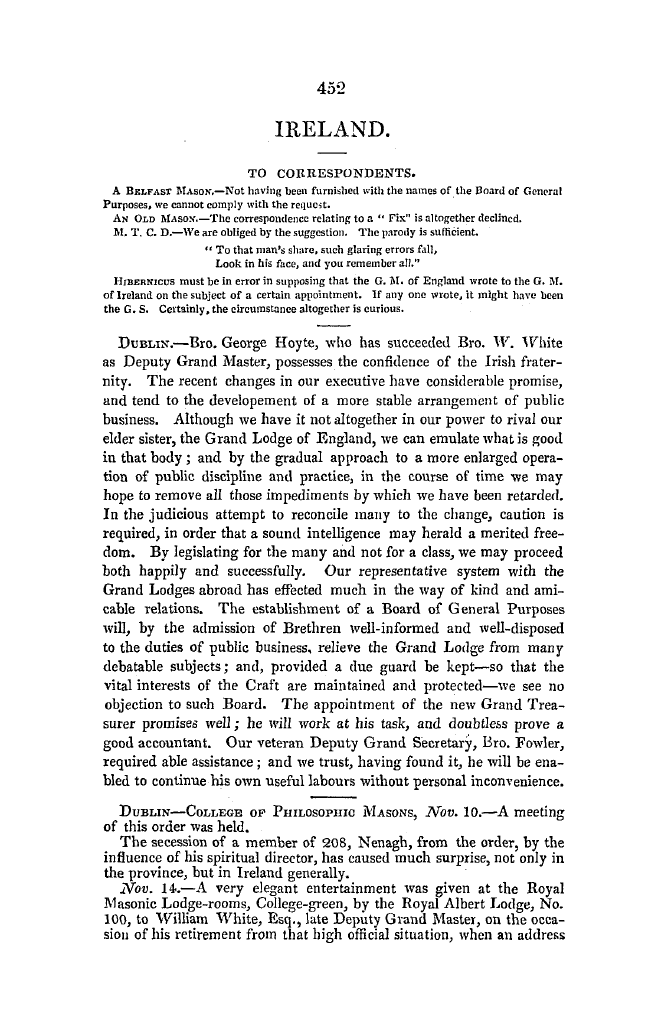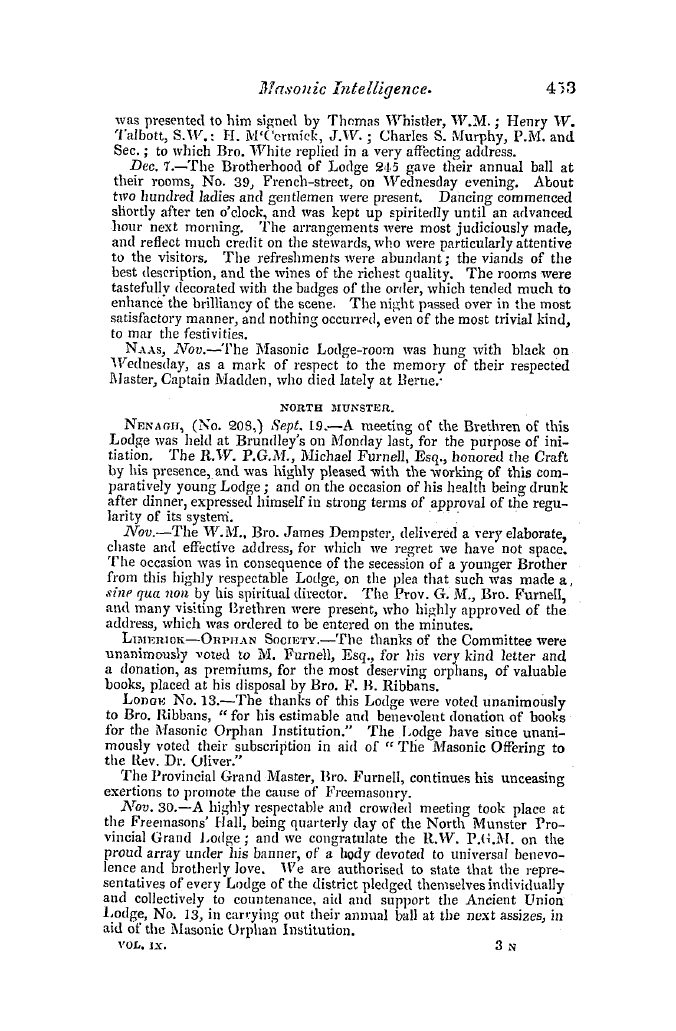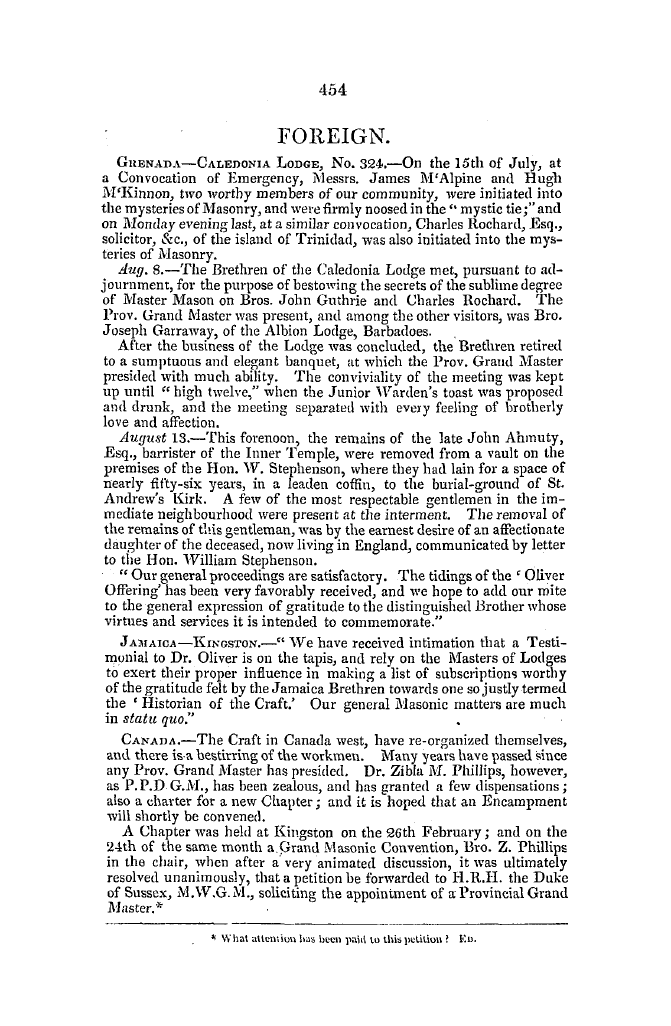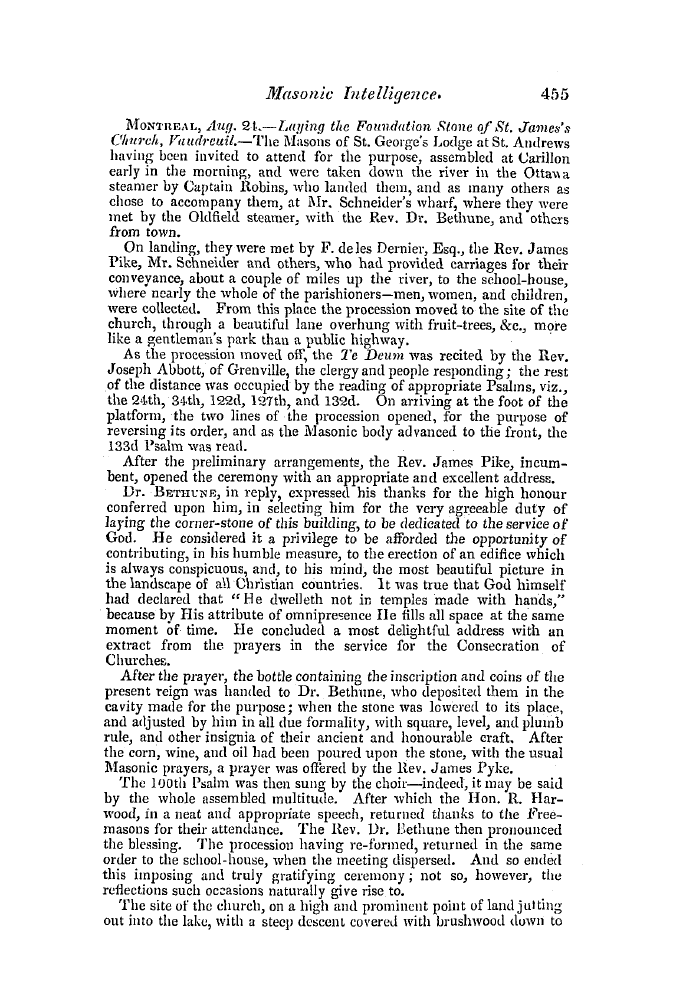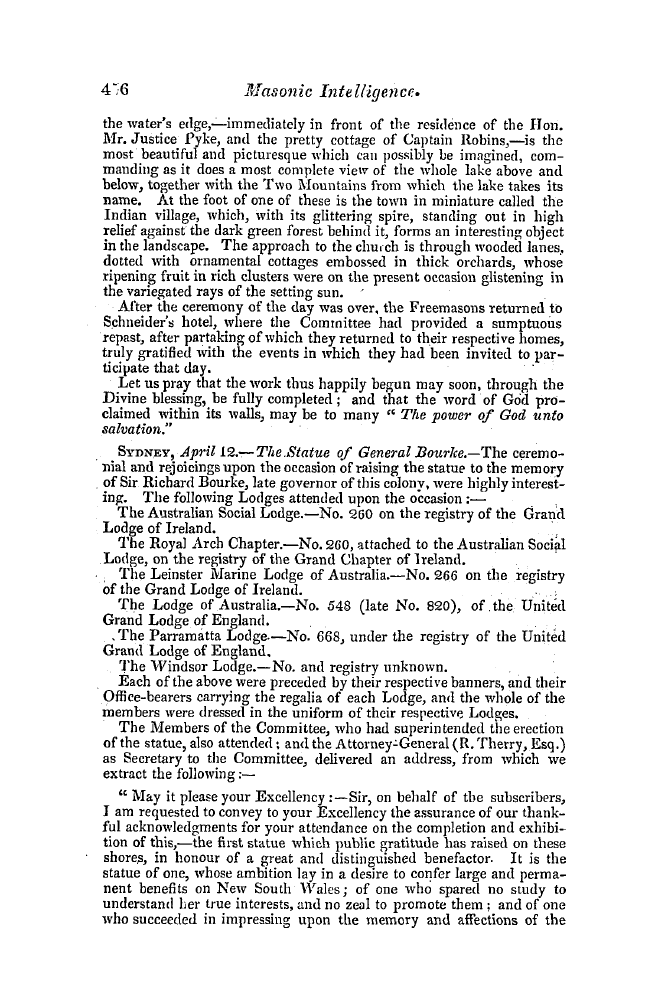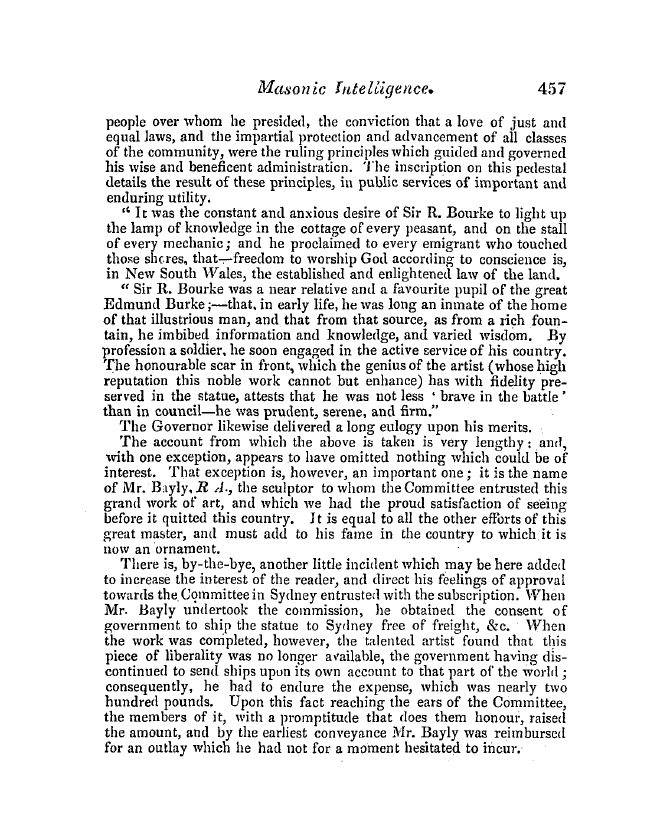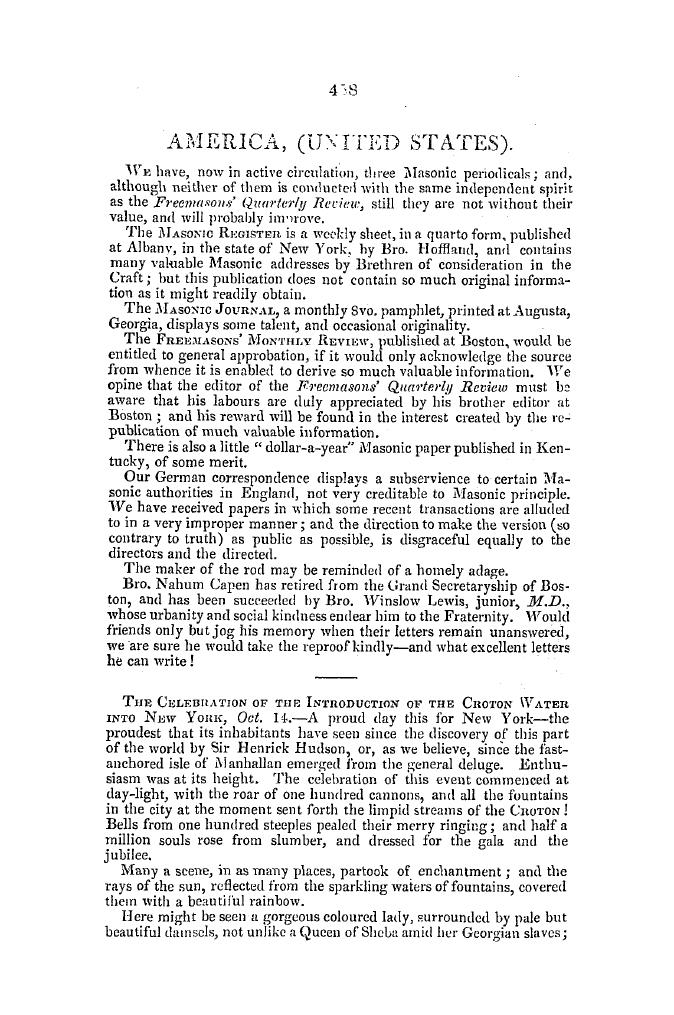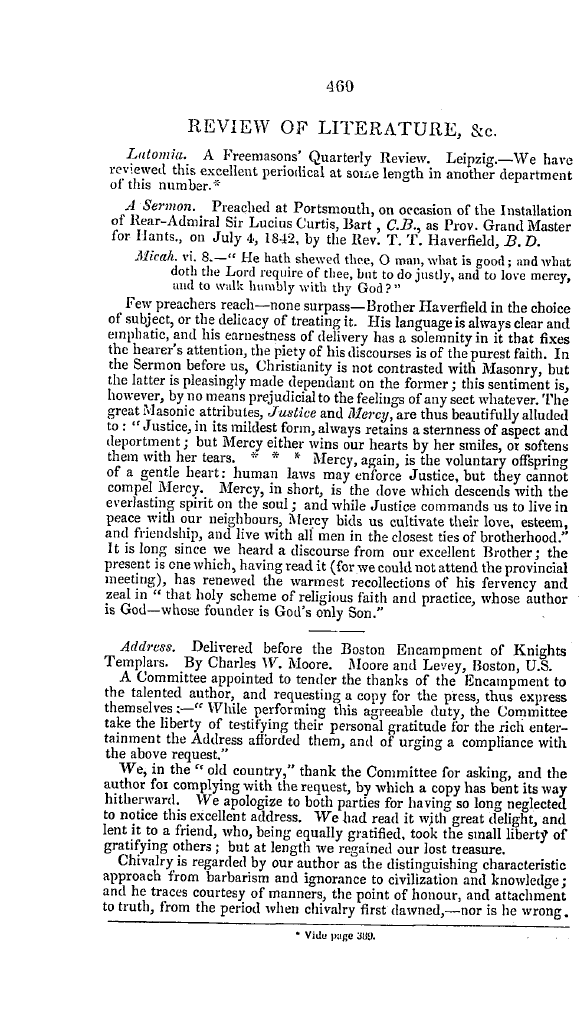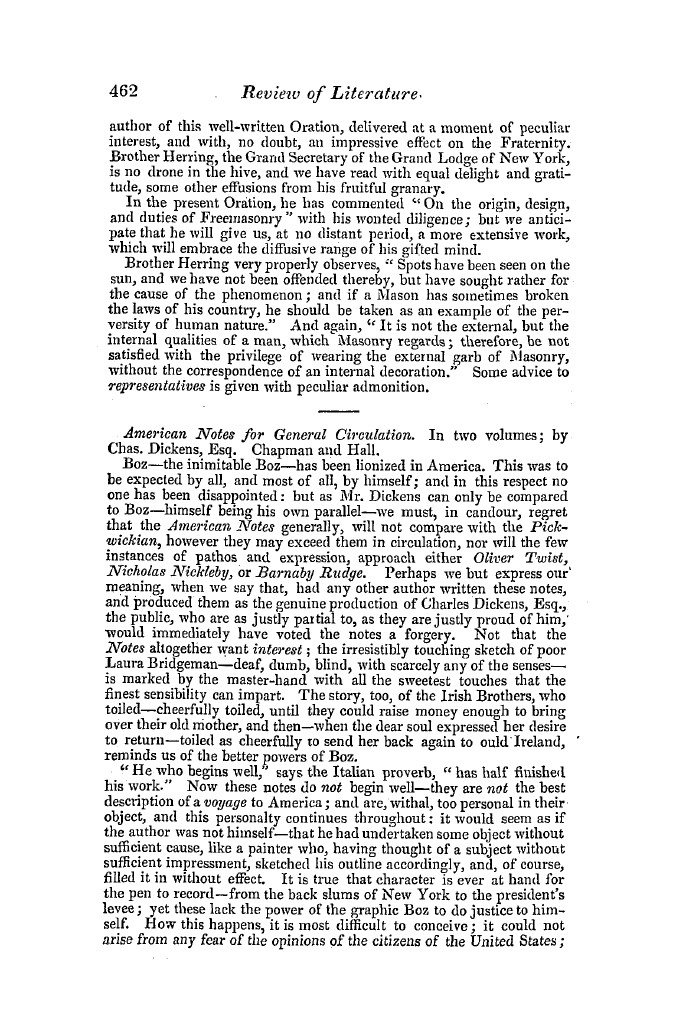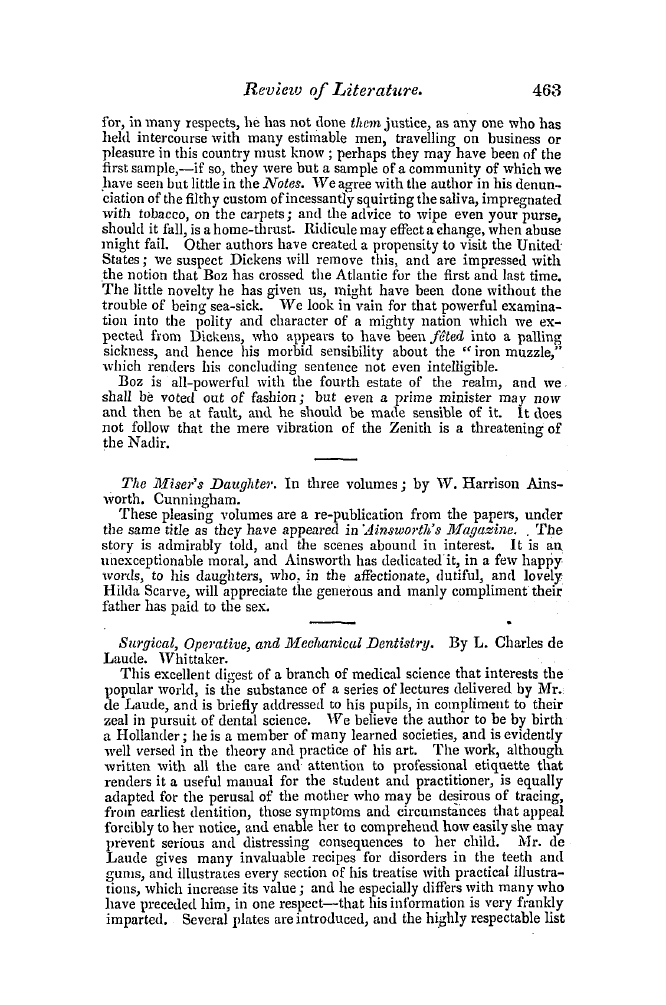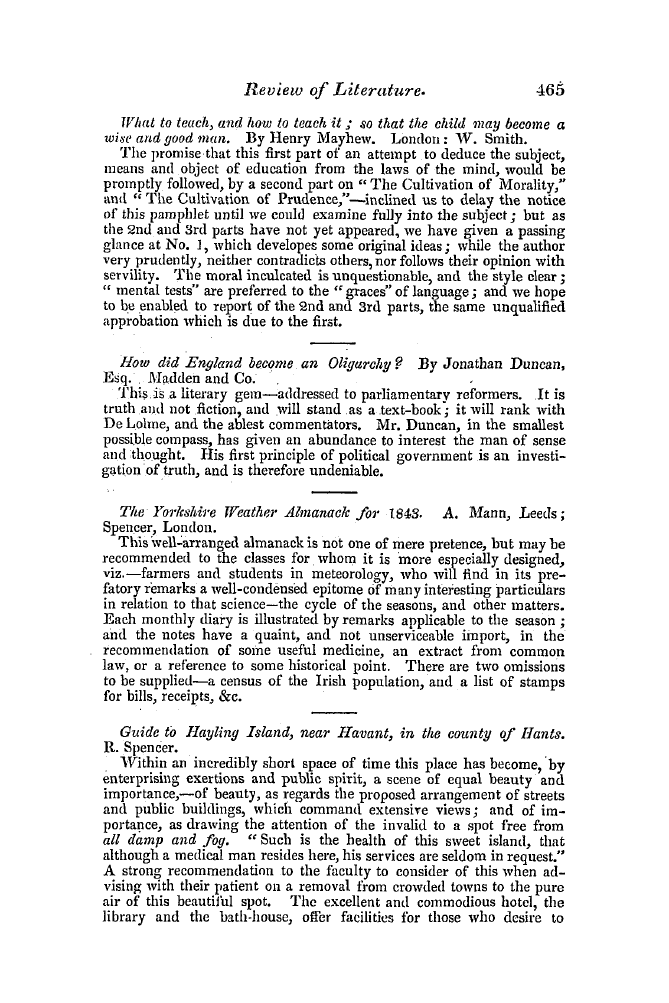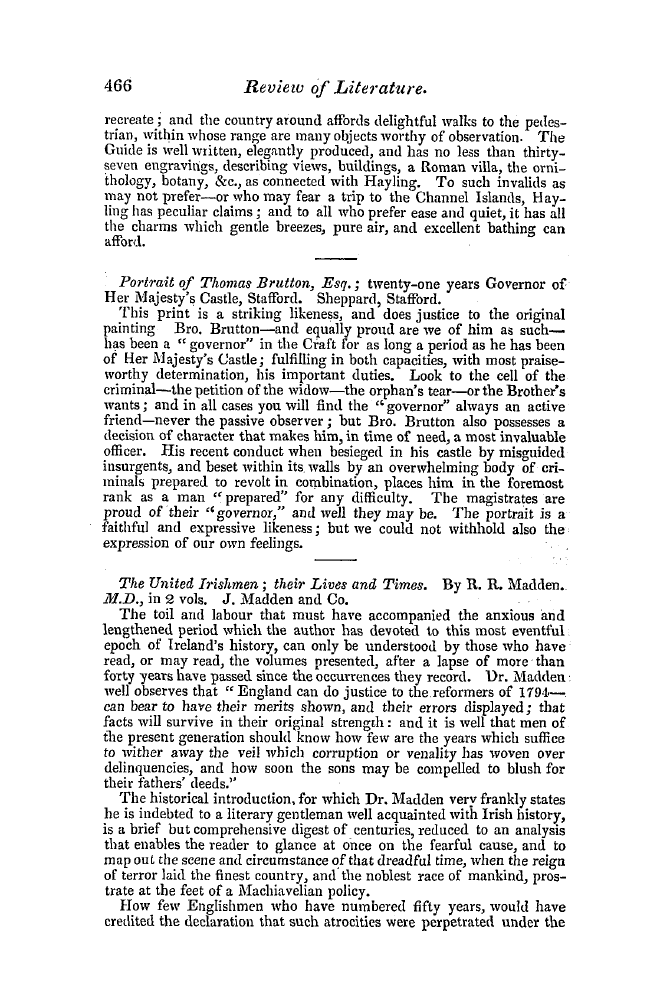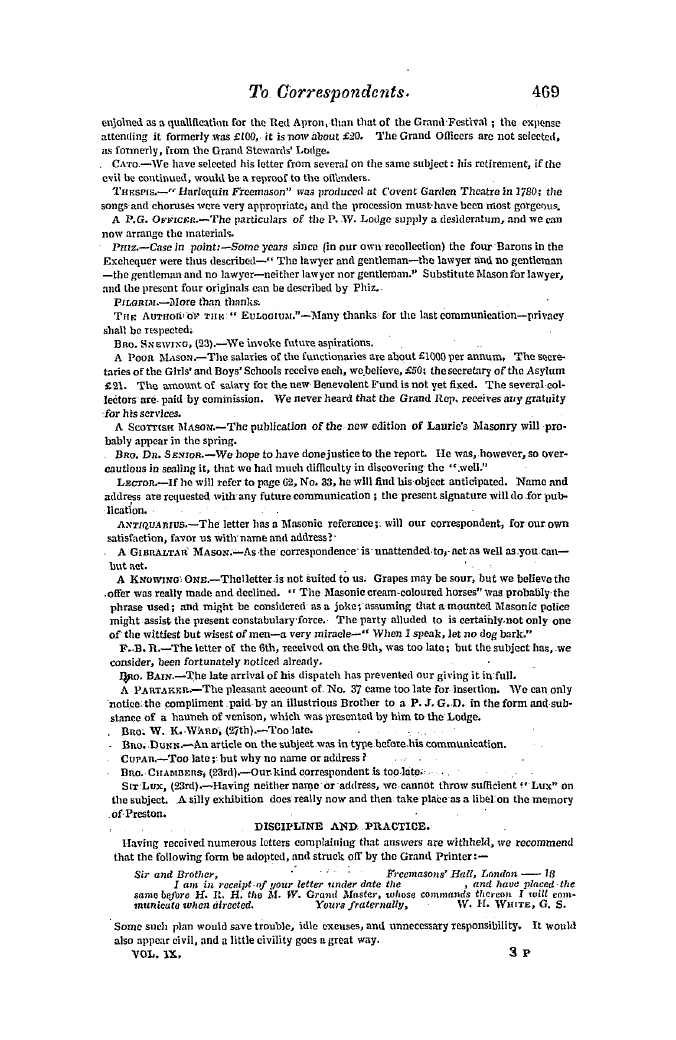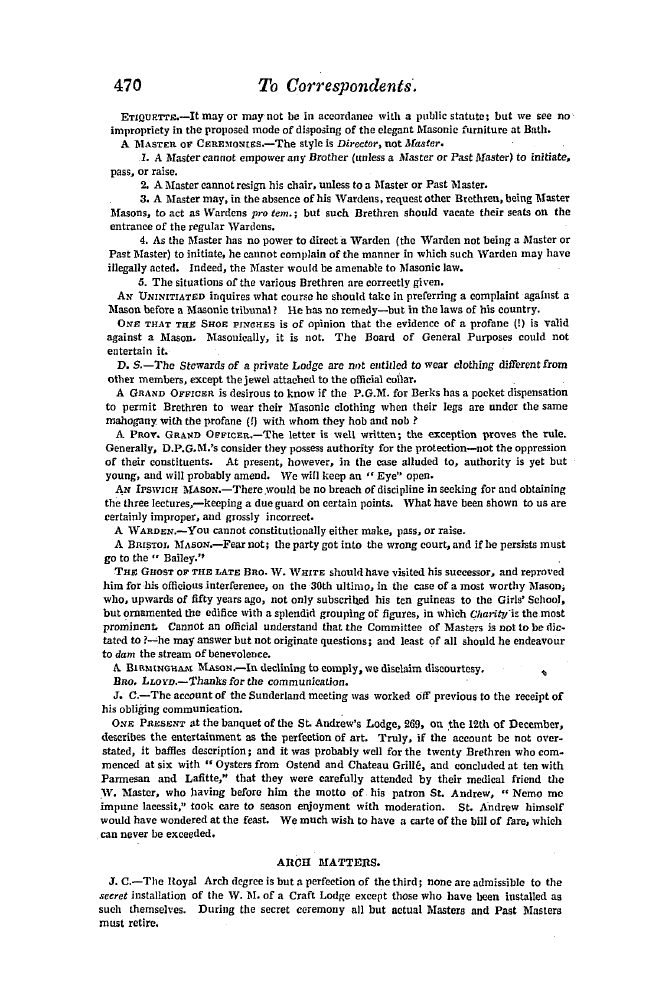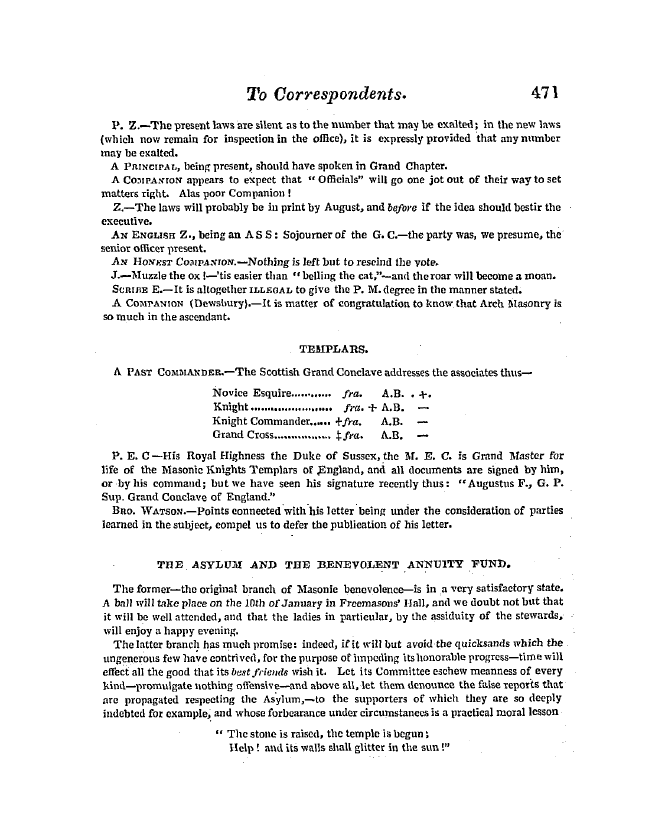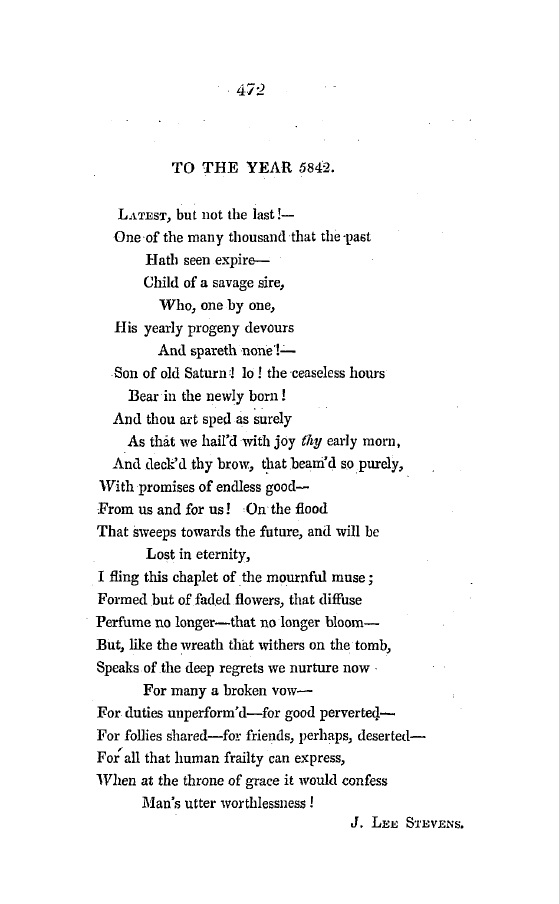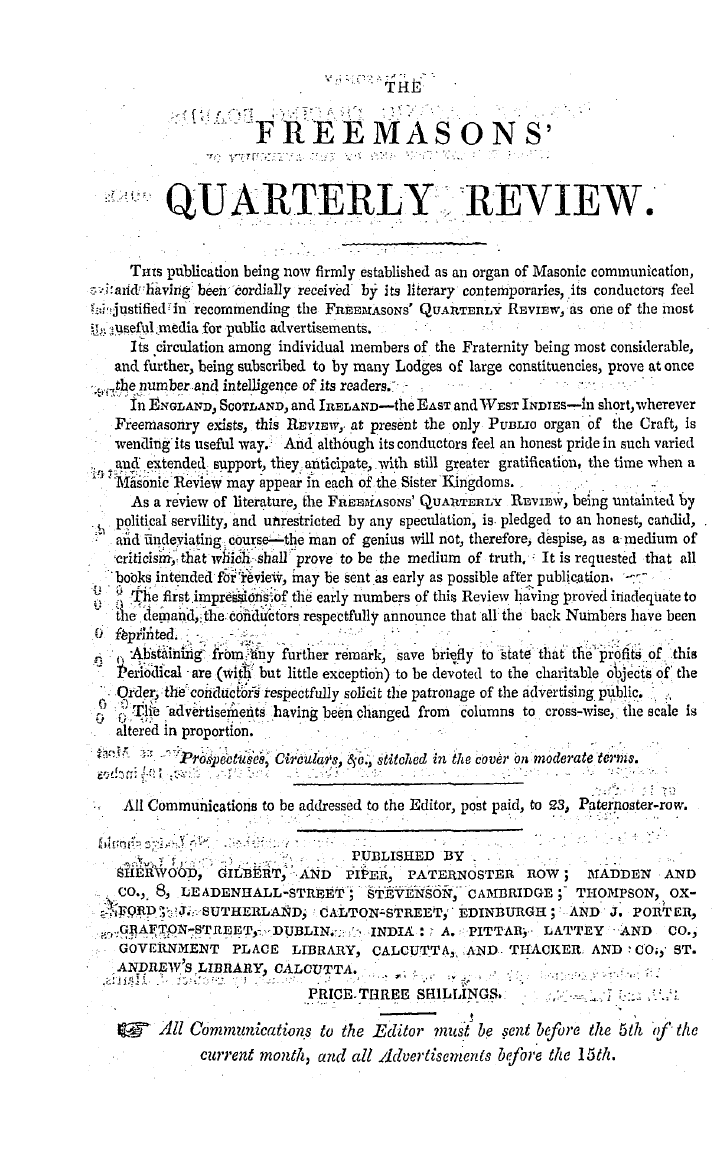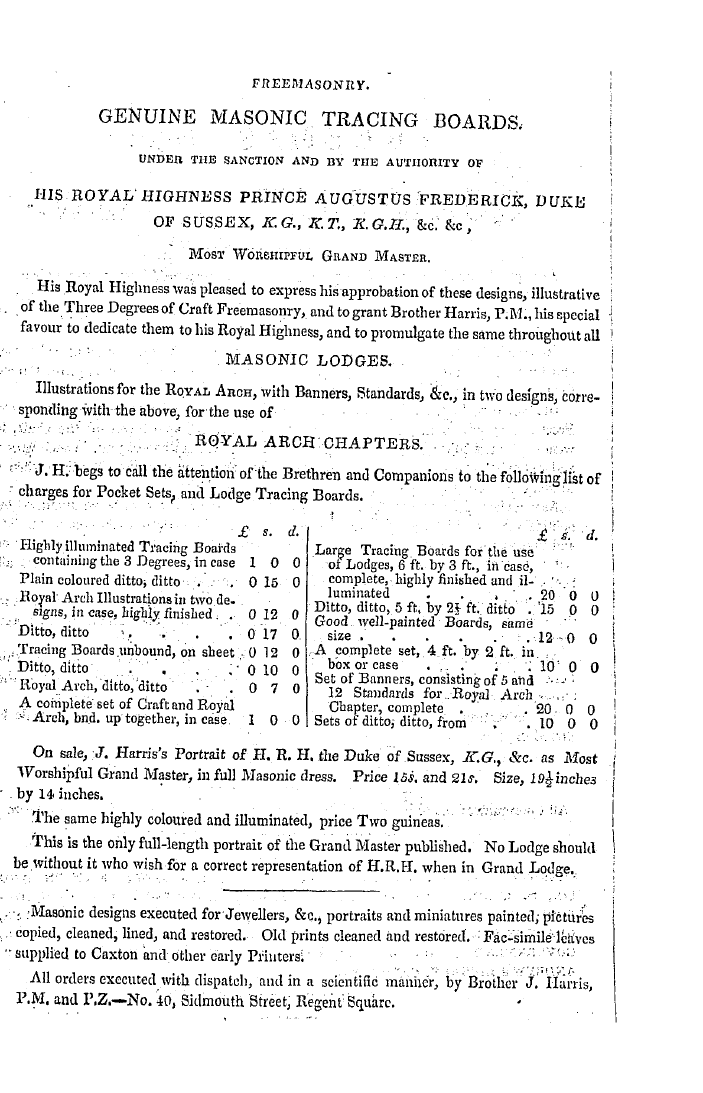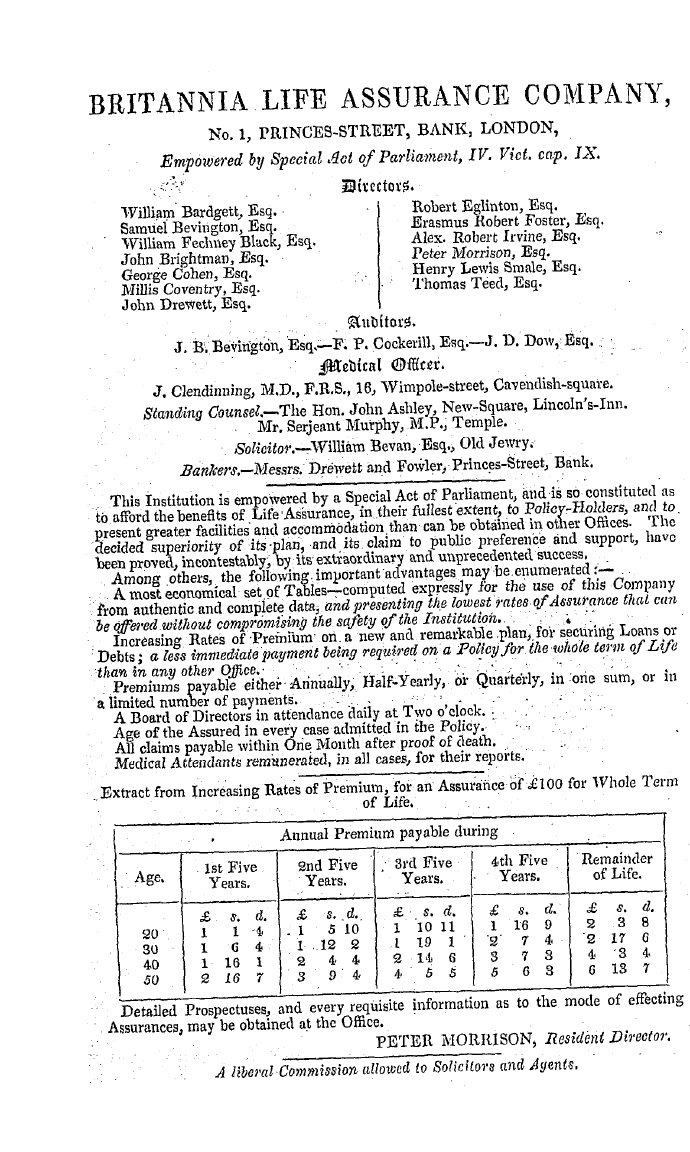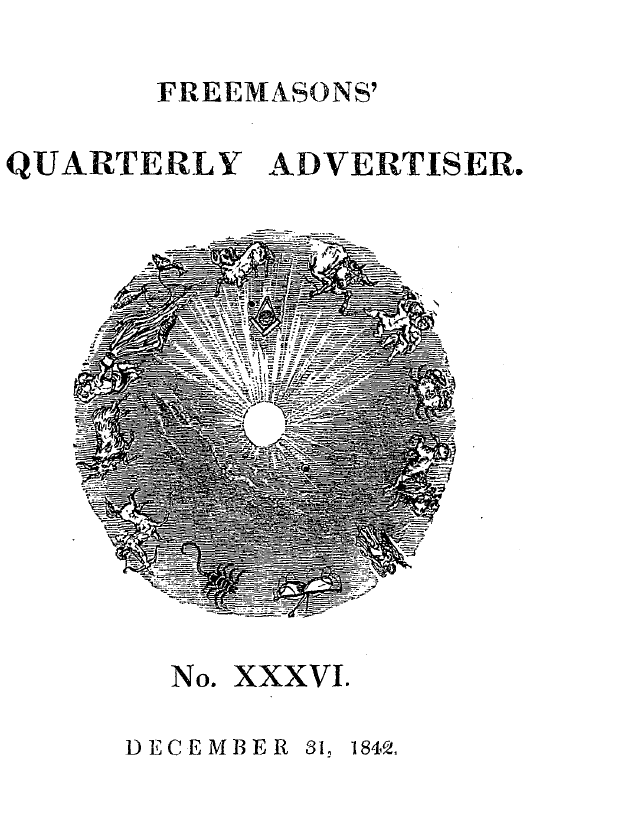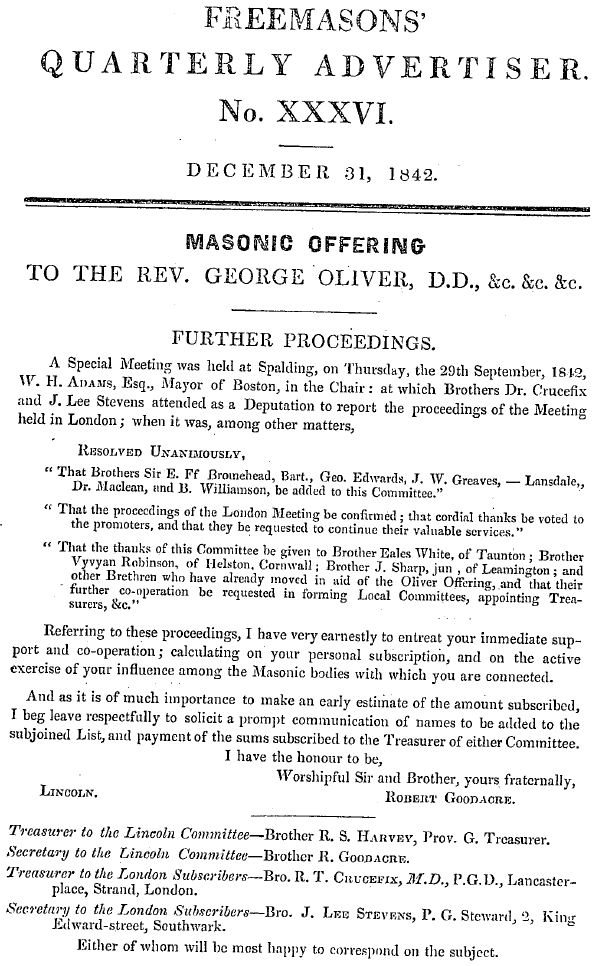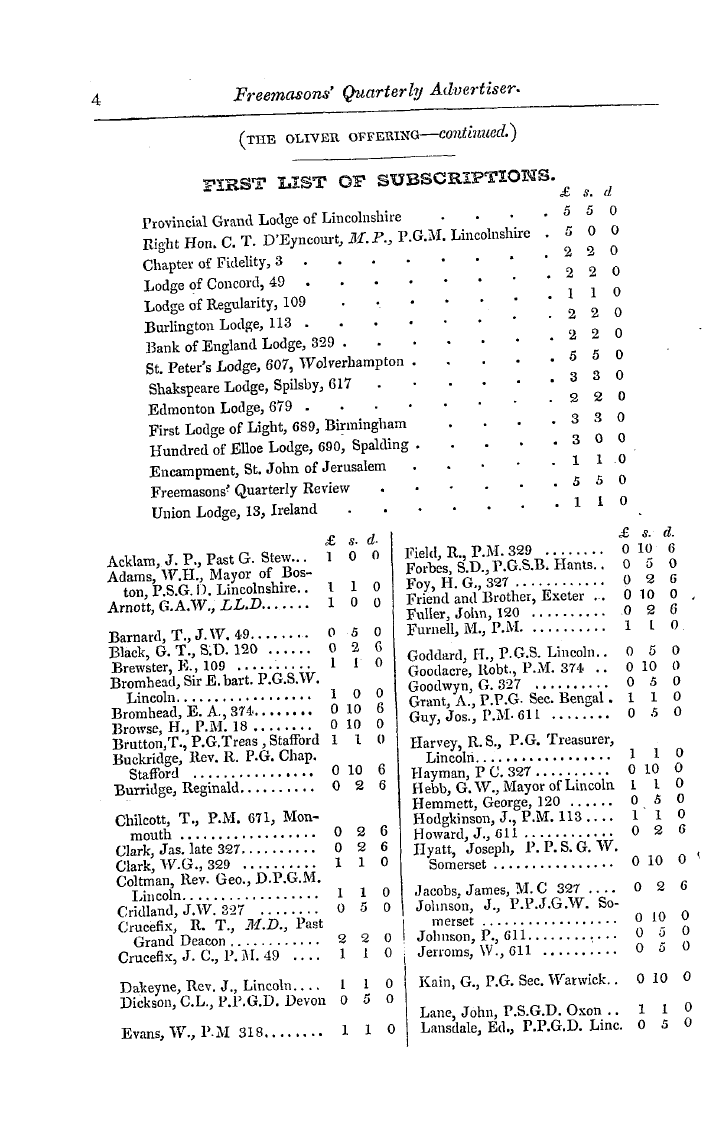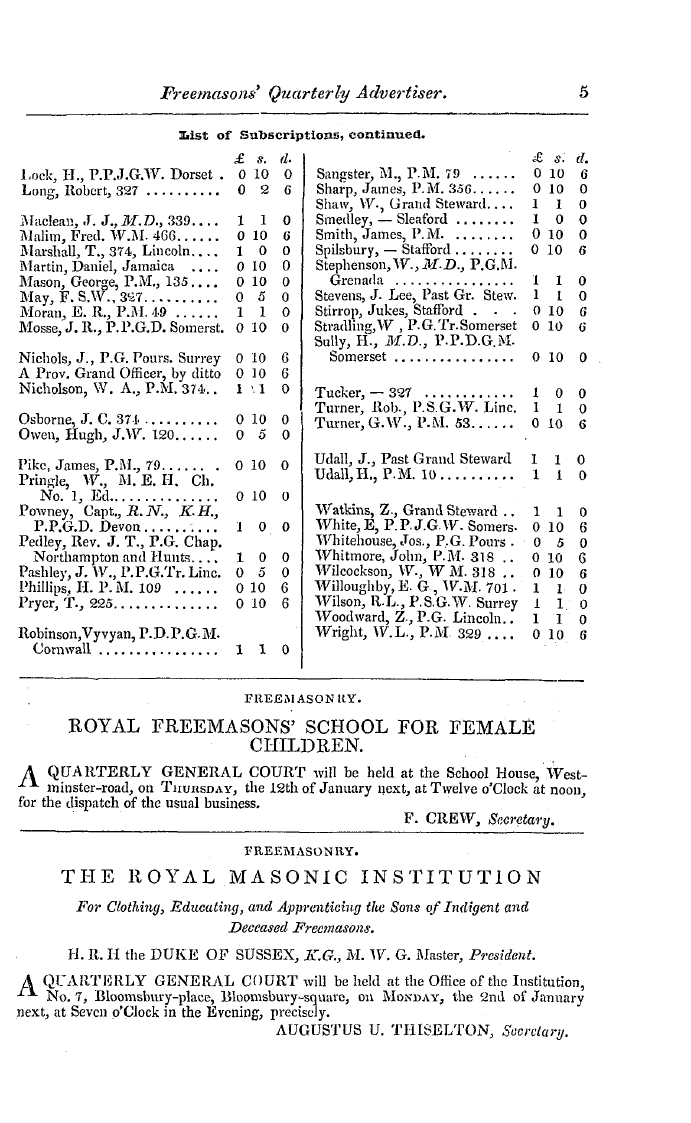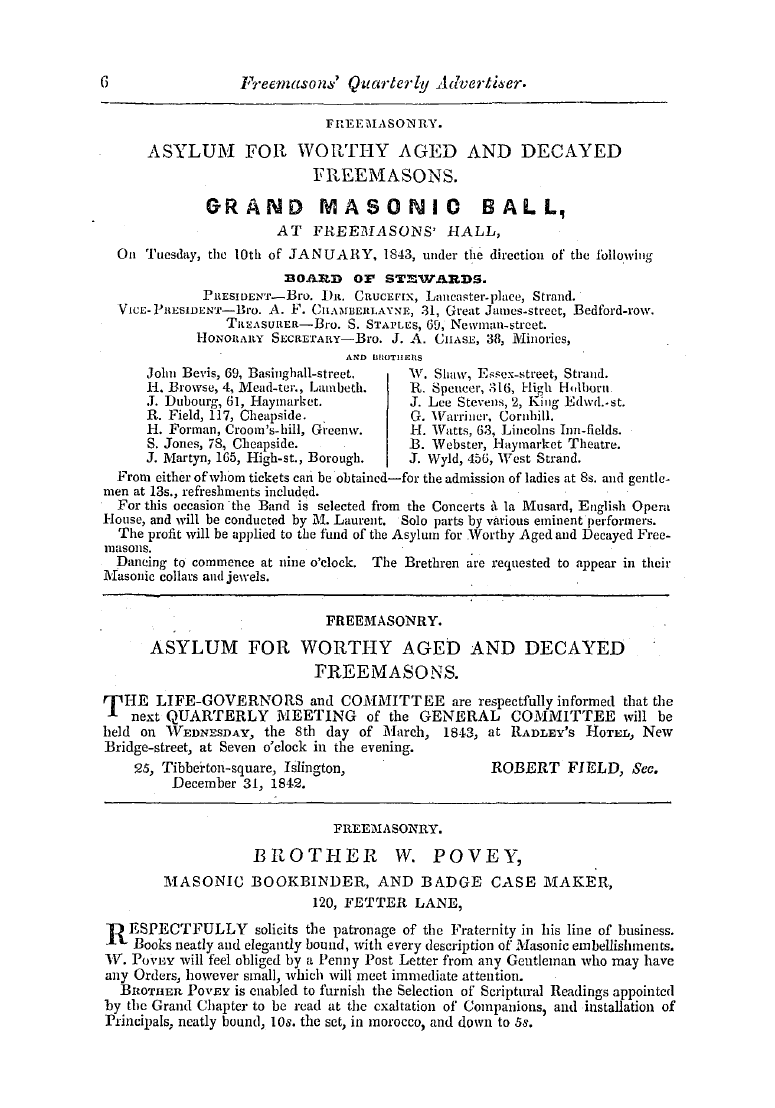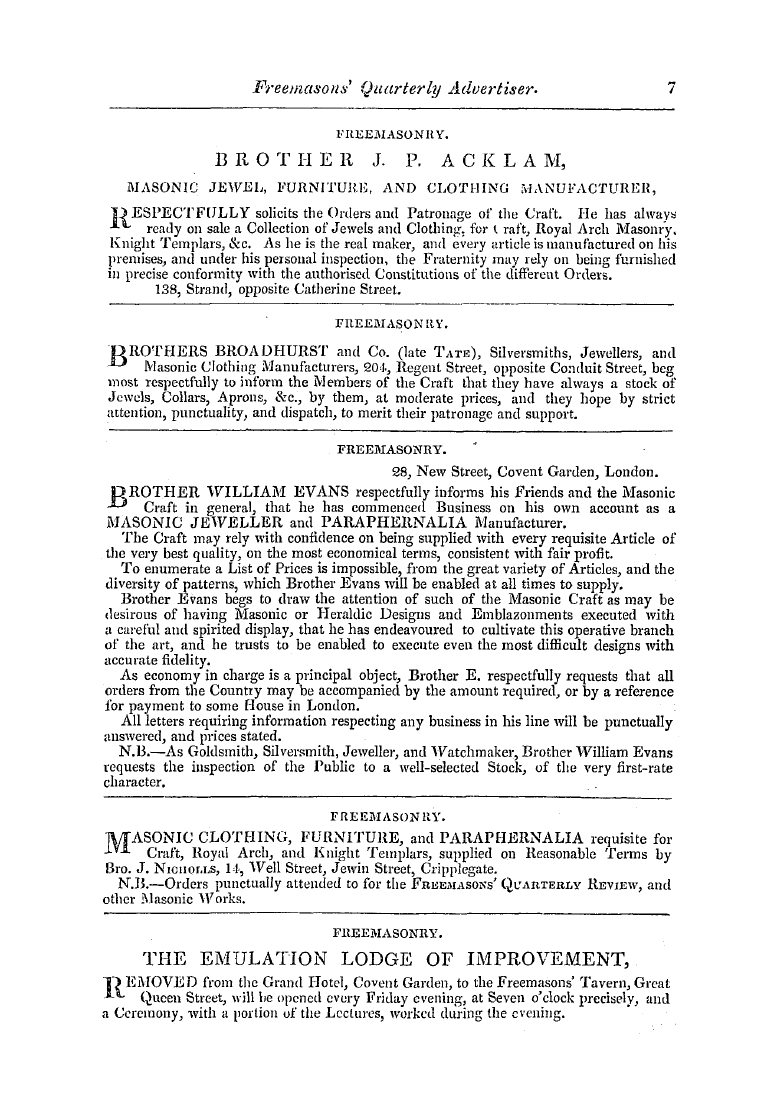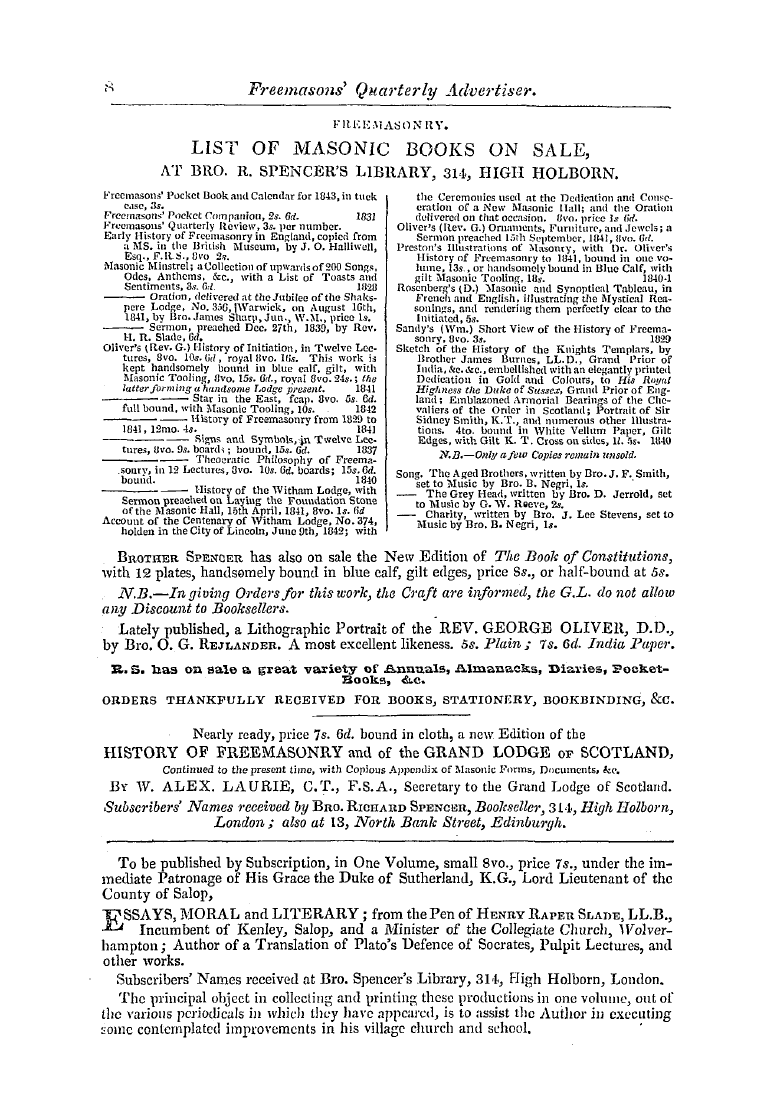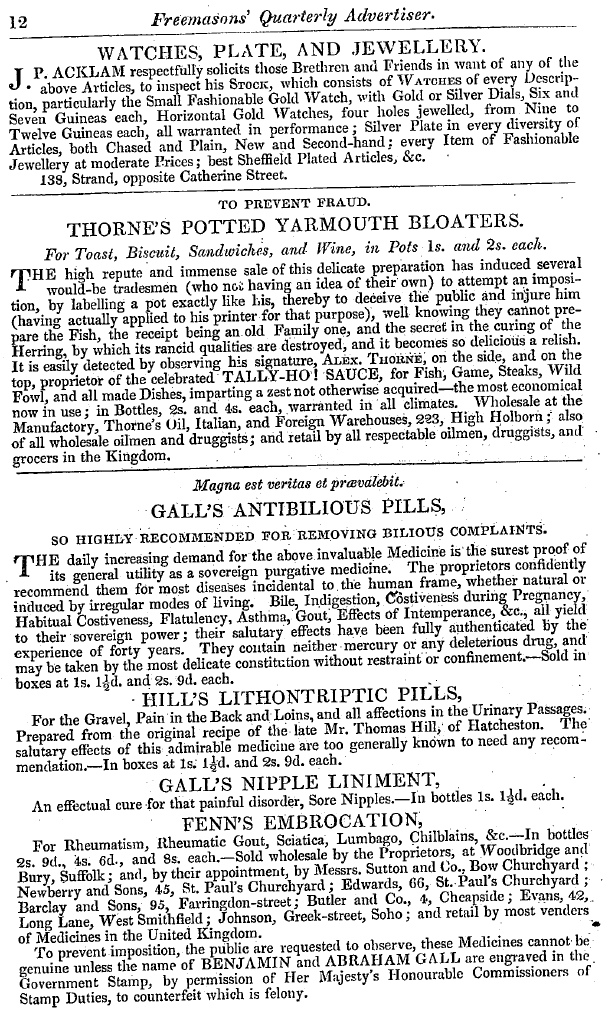Note: This text has been automatically extracted via Optical Character Recognition (OCR) software.
On Freemasonry. Evidences, Doctrines, And Traditions.
Neptune , Jupiter , Apollo , Diana , Vesta , Aglibaal , and Melechbaal . " And Bryant gives the same testimony . He says , " when these places were of a great depth , or extent , they were looked upon with a kind of reli gious horror . A cavern of this sort was at Lacedsemon , which was called KaiaSas , the house of death . Cai signified a cavern—Adas
was the deity to whom it was sacred ; esteemed the god of the infernal regions . The den of Cacus was properly a sacred cave , where Chus was worshipped , and the rites of fire practised . But this term does not relate merely to a cavern , but to temples founded near such places ; oftentimes the cave itself was a temple . Caietain Italynear Cuma
, , , was so denominated on this account . It was a cave in the rock , abounding with variety of subterranes , cut out into various apartments . These were , of old , inhabited by the Armenian priests ; and seem to have been a wonderful work .
There were large openings in the earth , exhibiting caverns of great extent ; which afforded very ample and superb apartments . " The Corycian caverns , mentioned by Pausanias and Stephanus Byzantinus , were very celebrated as places where the Spurious Freemasonry was practised . Beneath one of the
splendid temples at Peestum were constructed an intricate series of vaults , galleries , and spacious apartments , which were accessible from above by an opening in the - pediment and for some secret purpose , the descent was by a shaft , like a well . These were doubtless designed by the priests for the mysterious rites of their reliionand for initiation into
g ; the mysteries of Neptune probably , as the subterraneous galleries extended to the sea-shore . Indeed , the Greeks were so fond of excavated places , that when they sacrificed to the infernal deities , they invariably dug a deep trench or vallum for the altar , that their prayers might have a greater chance of being heard in ASns . Thus in Ovid :
Plaud procul egesta scrobibus tellure duabus Sacra fuit . Now this Hades was a transcript of the cavern of initiation , if not the holy place itself , as the trench was of the sacred valley . We have a host of testimonies to this effect . Eustathius and Phavorinus call Hades " a dark and secret place beneath the earth , appointed for souls ; " and the latter adds , " it is a place without light , and filled with darkness . " *
Note: This text has been automatically extracted via Optical Character Recognition (OCR) software.
On Freemasonry. Evidences, Doctrines, And Traditions.
Neptune , Jupiter , Apollo , Diana , Vesta , Aglibaal , and Melechbaal . " And Bryant gives the same testimony . He says , " when these places were of a great depth , or extent , they were looked upon with a kind of reli gious horror . A cavern of this sort was at Lacedsemon , which was called KaiaSas , the house of death . Cai signified a cavern—Adas
was the deity to whom it was sacred ; esteemed the god of the infernal regions . The den of Cacus was properly a sacred cave , where Chus was worshipped , and the rites of fire practised . But this term does not relate merely to a cavern , but to temples founded near such places ; oftentimes the cave itself was a temple . Caietain Italynear Cuma
, , , was so denominated on this account . It was a cave in the rock , abounding with variety of subterranes , cut out into various apartments . These were , of old , inhabited by the Armenian priests ; and seem to have been a wonderful work .
There were large openings in the earth , exhibiting caverns of great extent ; which afforded very ample and superb apartments . " The Corycian caverns , mentioned by Pausanias and Stephanus Byzantinus , were very celebrated as places where the Spurious Freemasonry was practised . Beneath one of the
splendid temples at Peestum were constructed an intricate series of vaults , galleries , and spacious apartments , which were accessible from above by an opening in the - pediment and for some secret purpose , the descent was by a shaft , like a well . These were doubtless designed by the priests for the mysterious rites of their reliionand for initiation into
g ; the mysteries of Neptune probably , as the subterraneous galleries extended to the sea-shore . Indeed , the Greeks were so fond of excavated places , that when they sacrificed to the infernal deities , they invariably dug a deep trench or vallum for the altar , that their prayers might have a greater chance of being heard in ASns . Thus in Ovid :
Plaud procul egesta scrobibus tellure duabus Sacra fuit . Now this Hades was a transcript of the cavern of initiation , if not the holy place itself , as the trench was of the sacred valley . We have a host of testimonies to this effect . Eustathius and Phavorinus call Hades " a dark and secret place beneath the earth , appointed for souls ; " and the latter adds , " it is a place without light , and filled with darkness . " *


























































